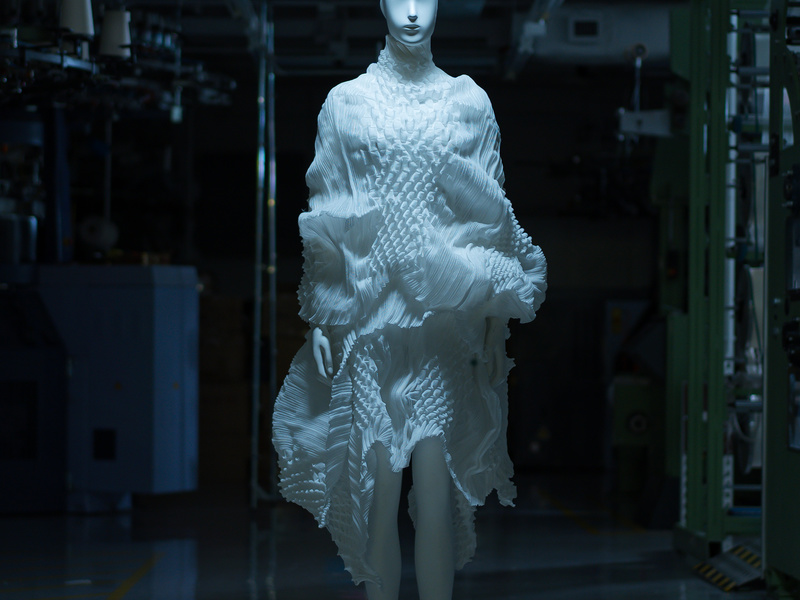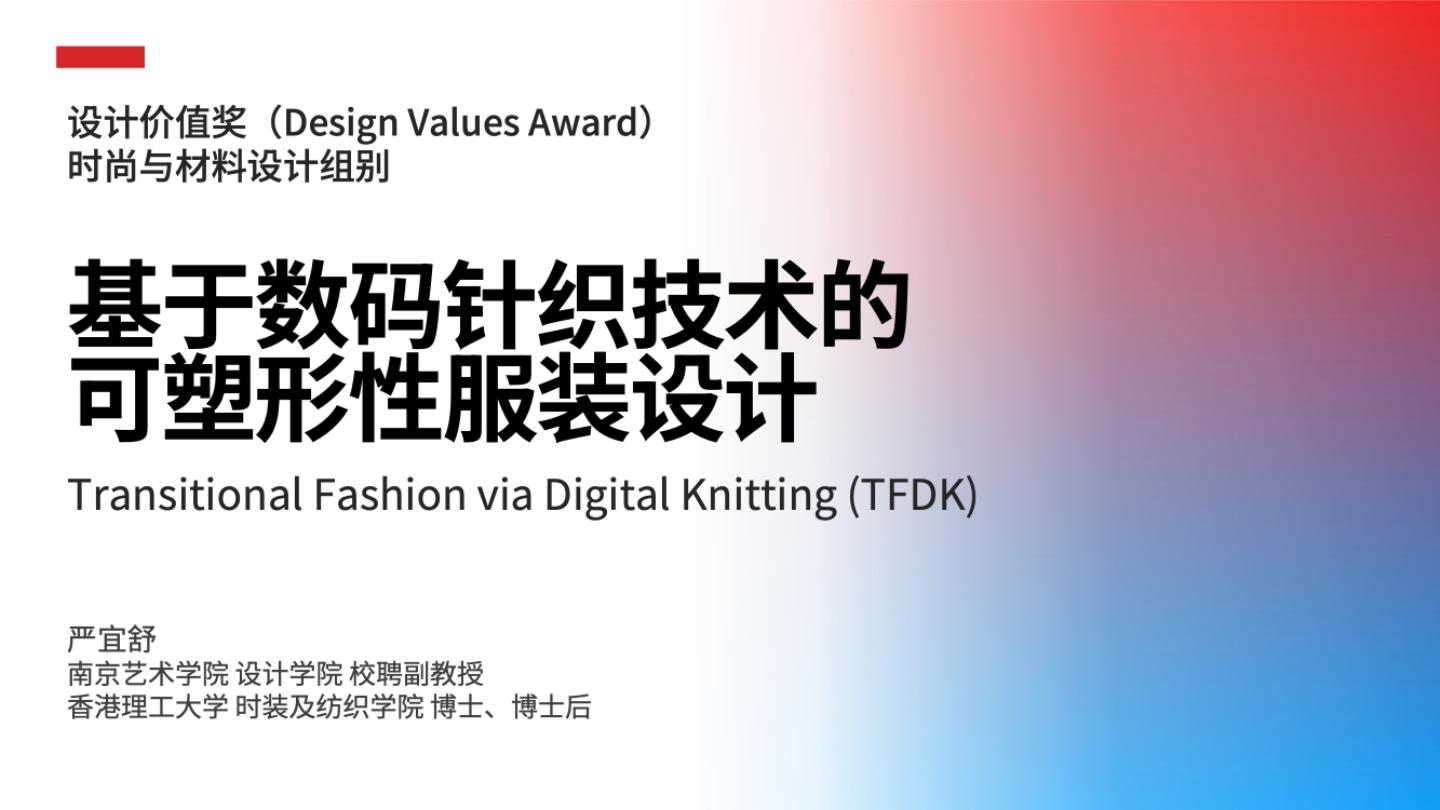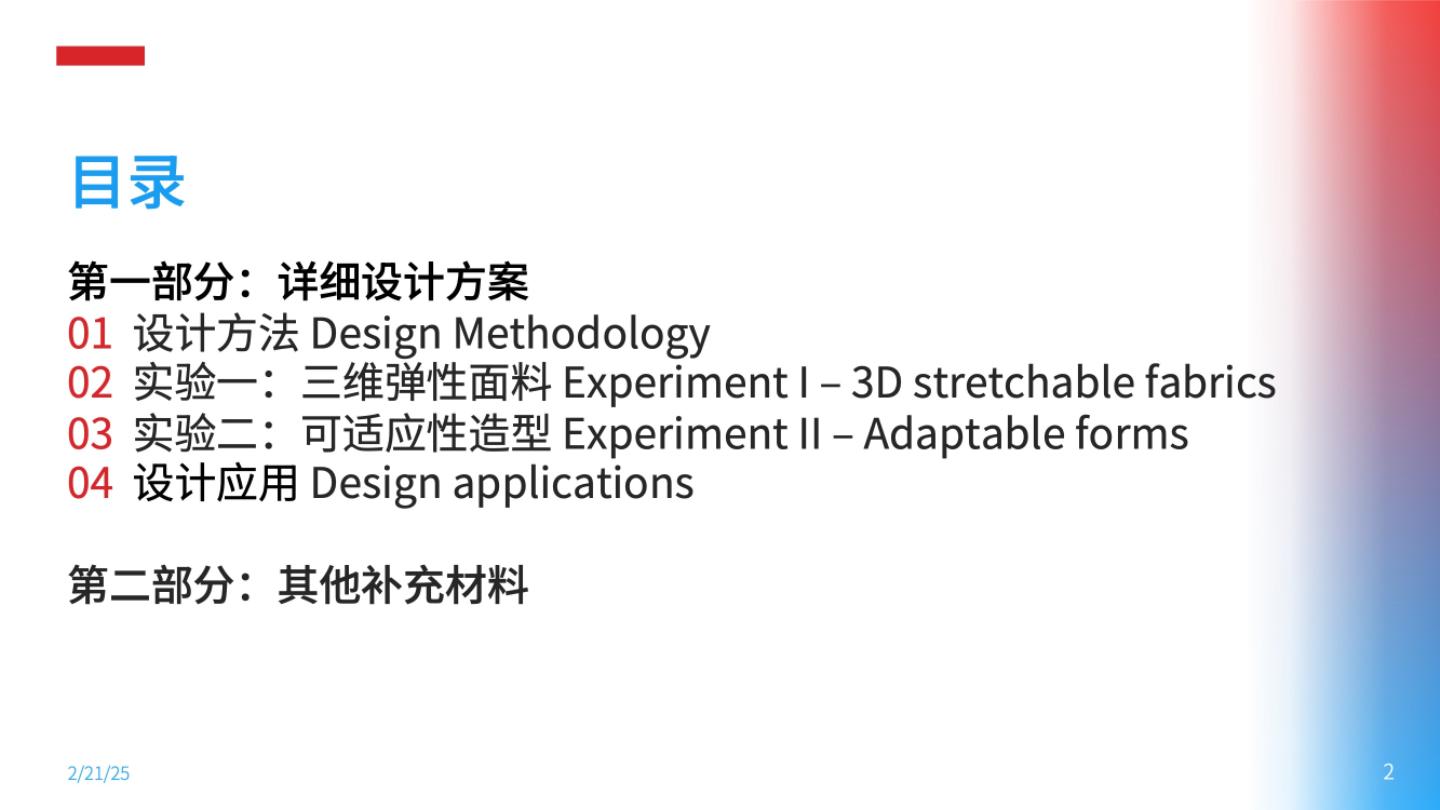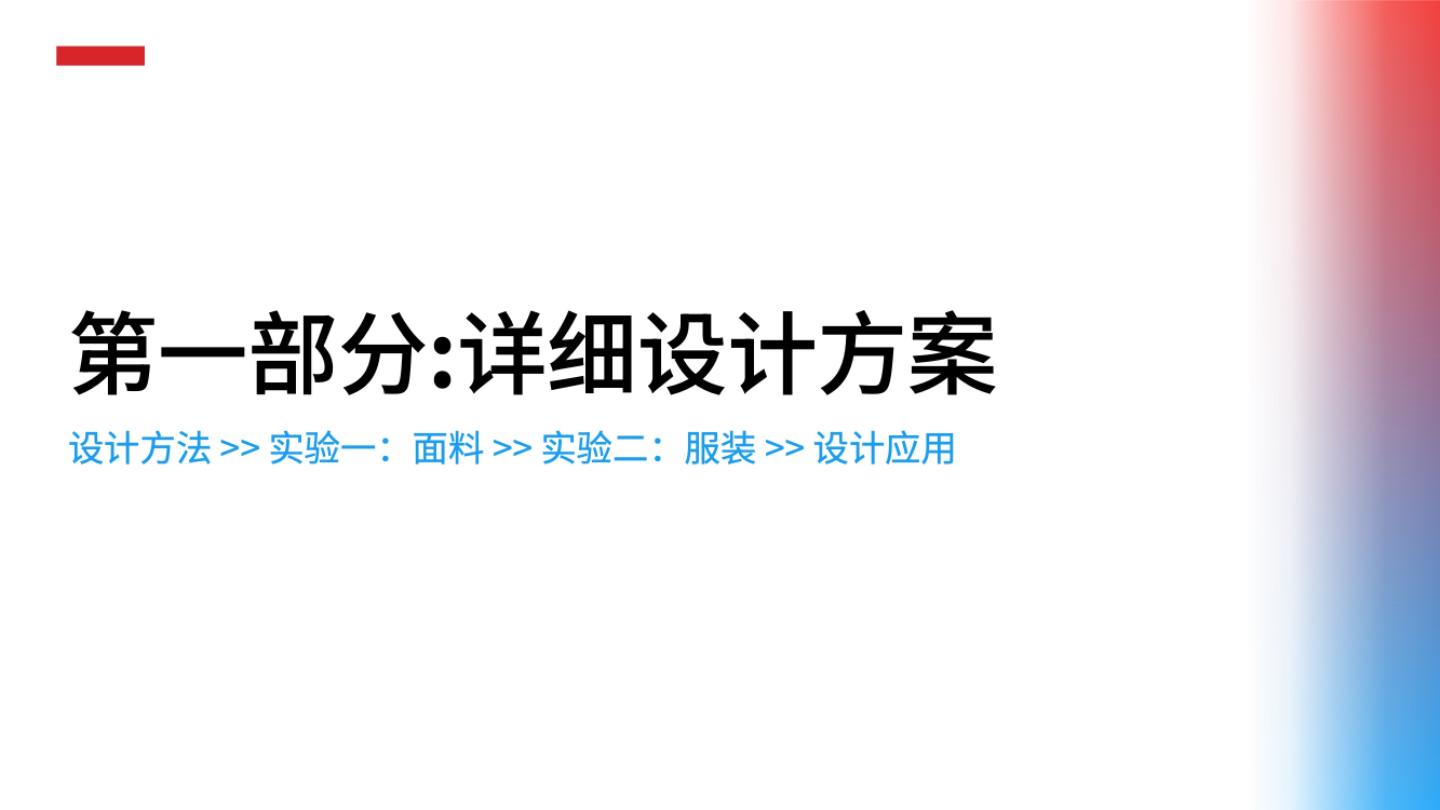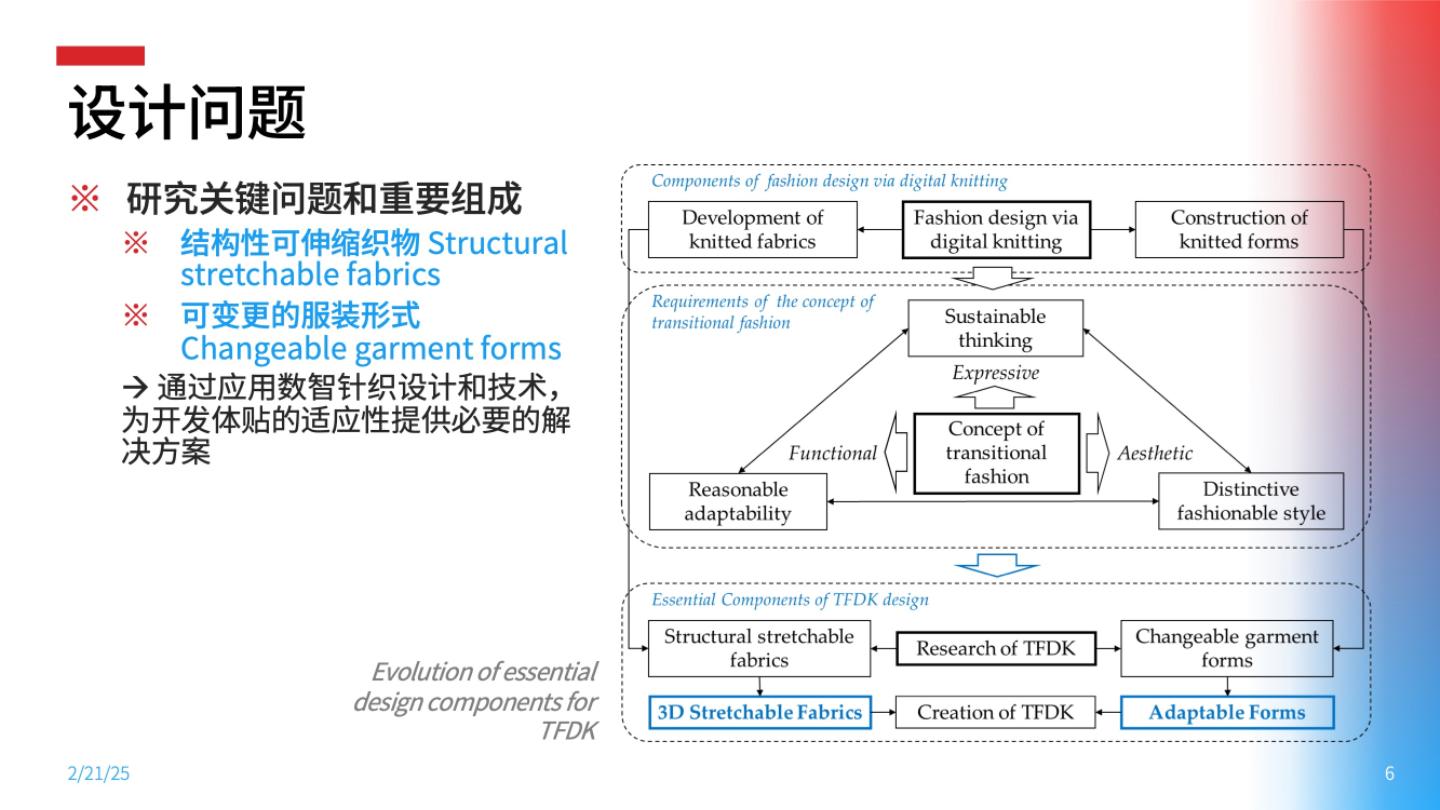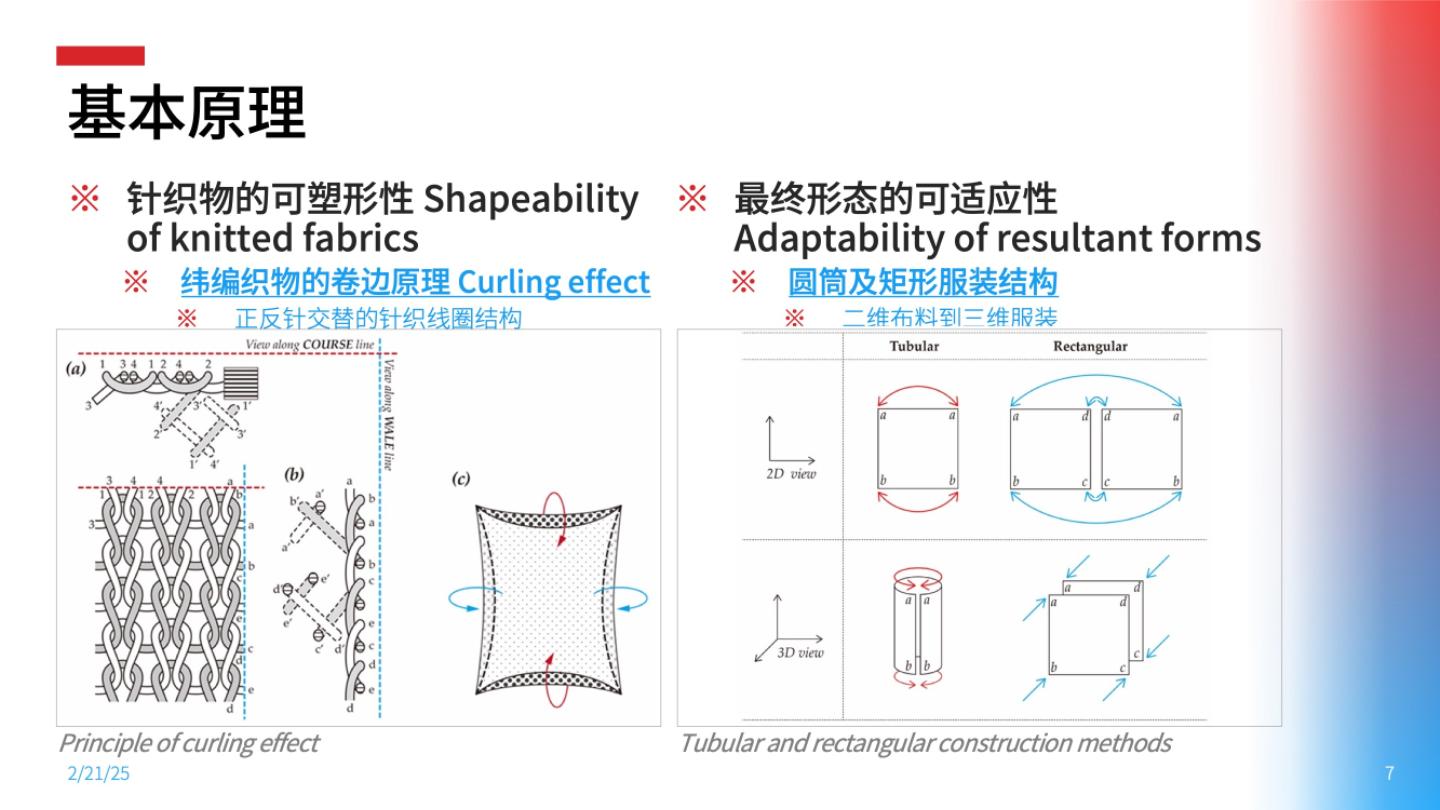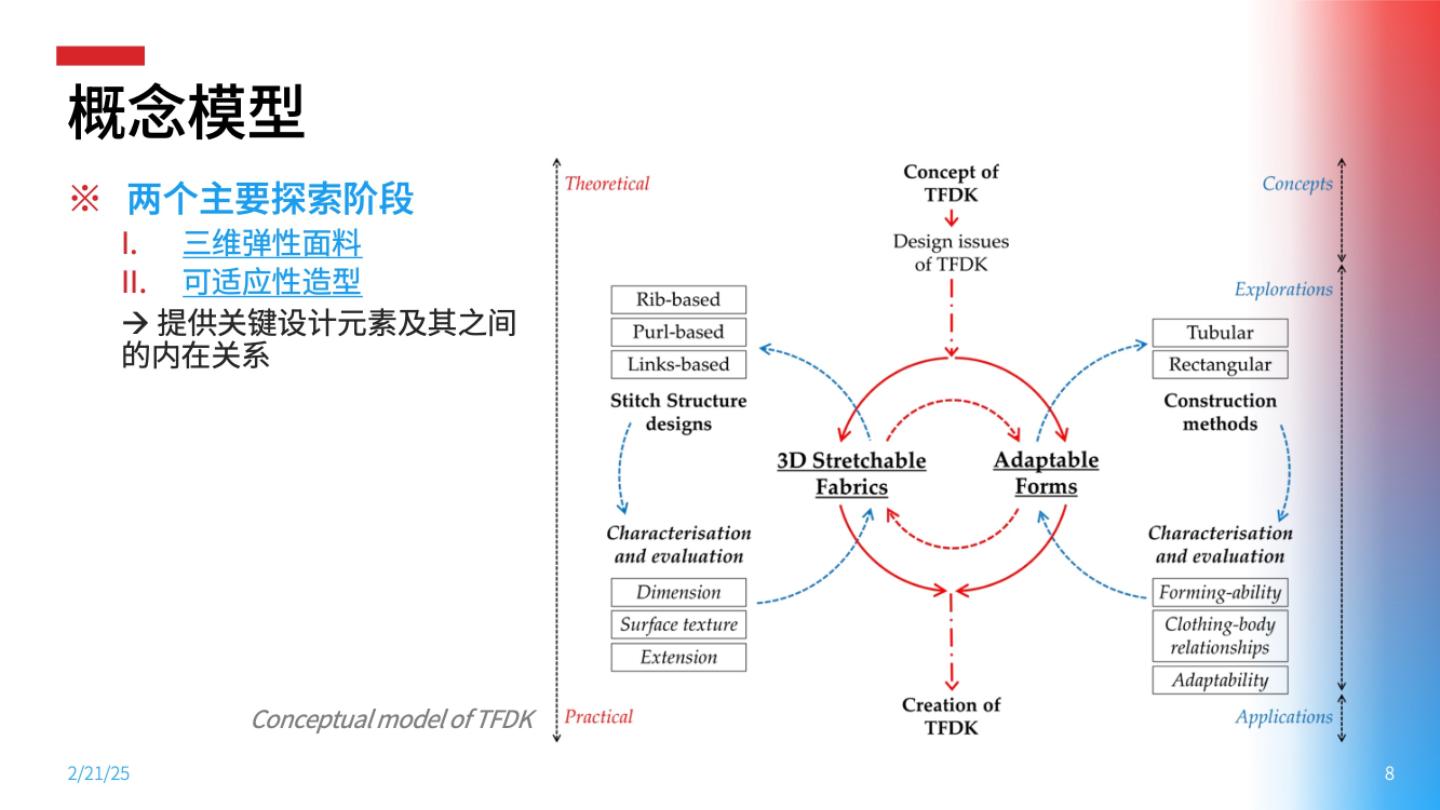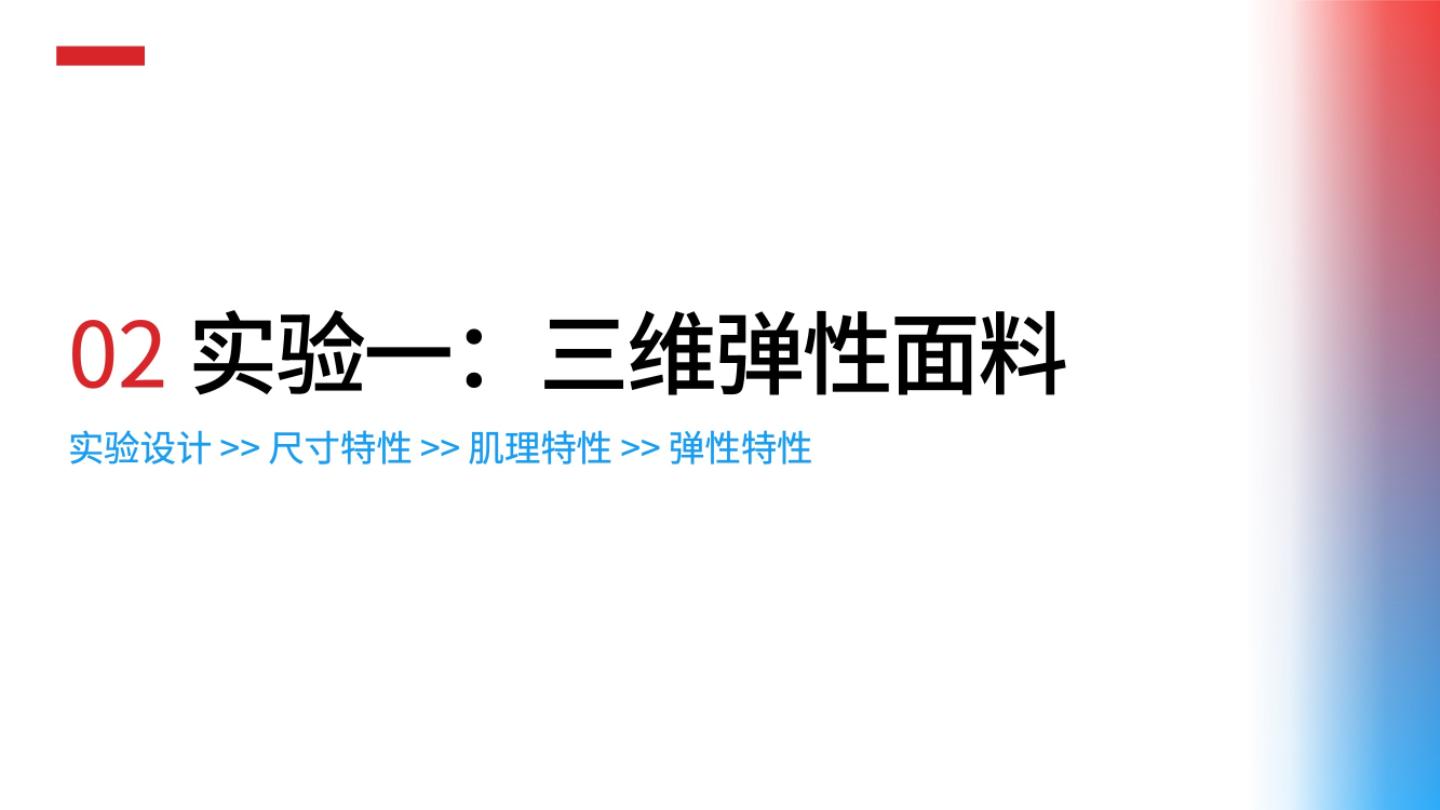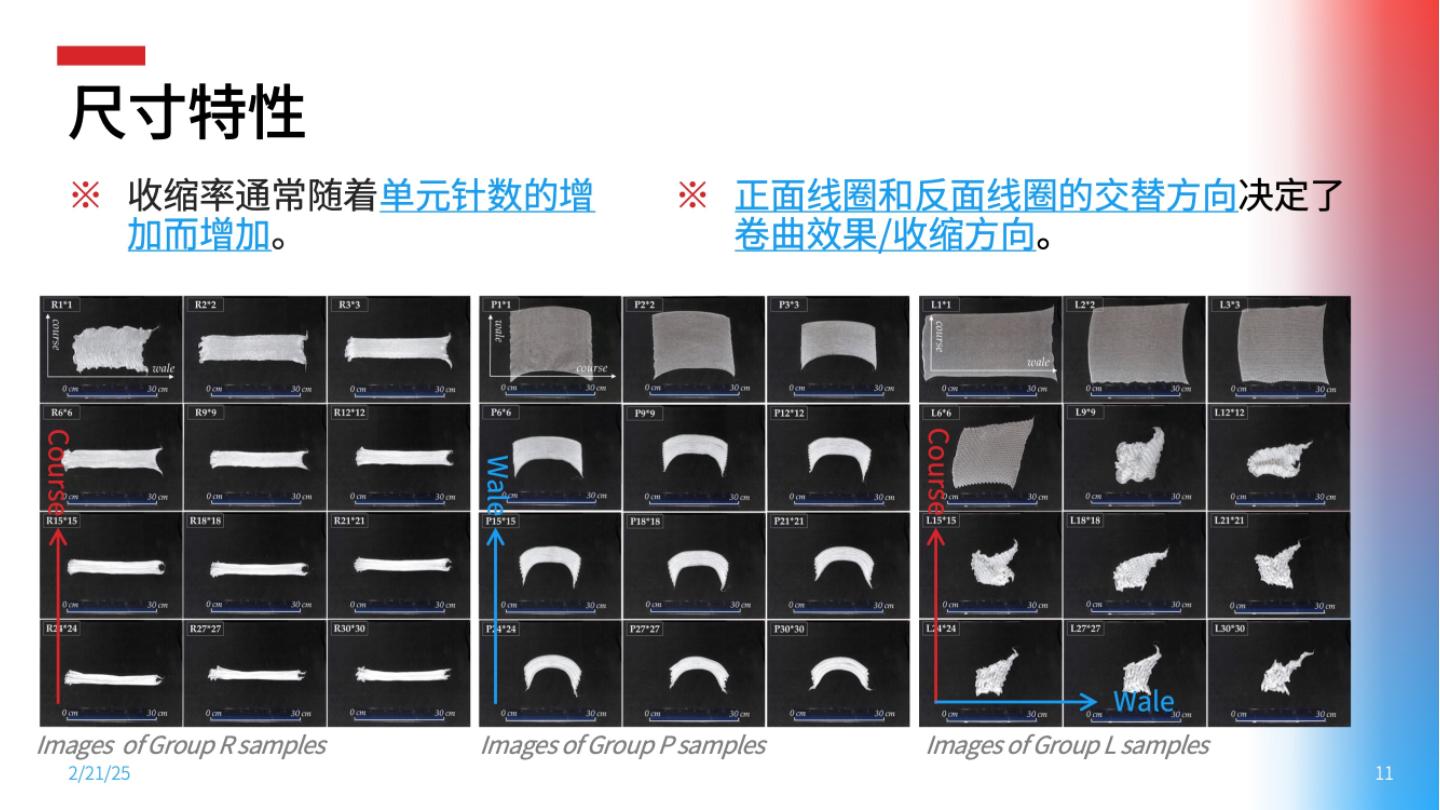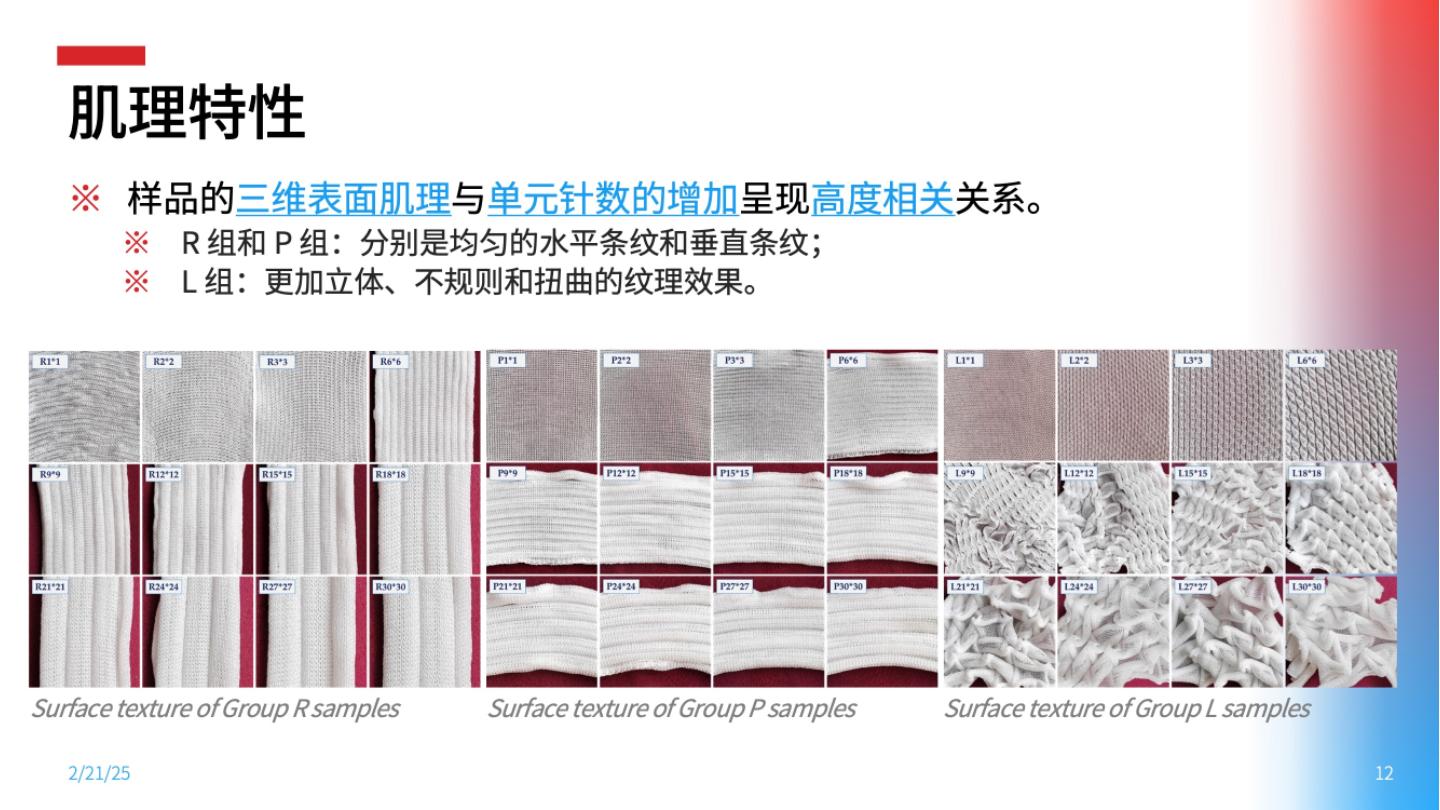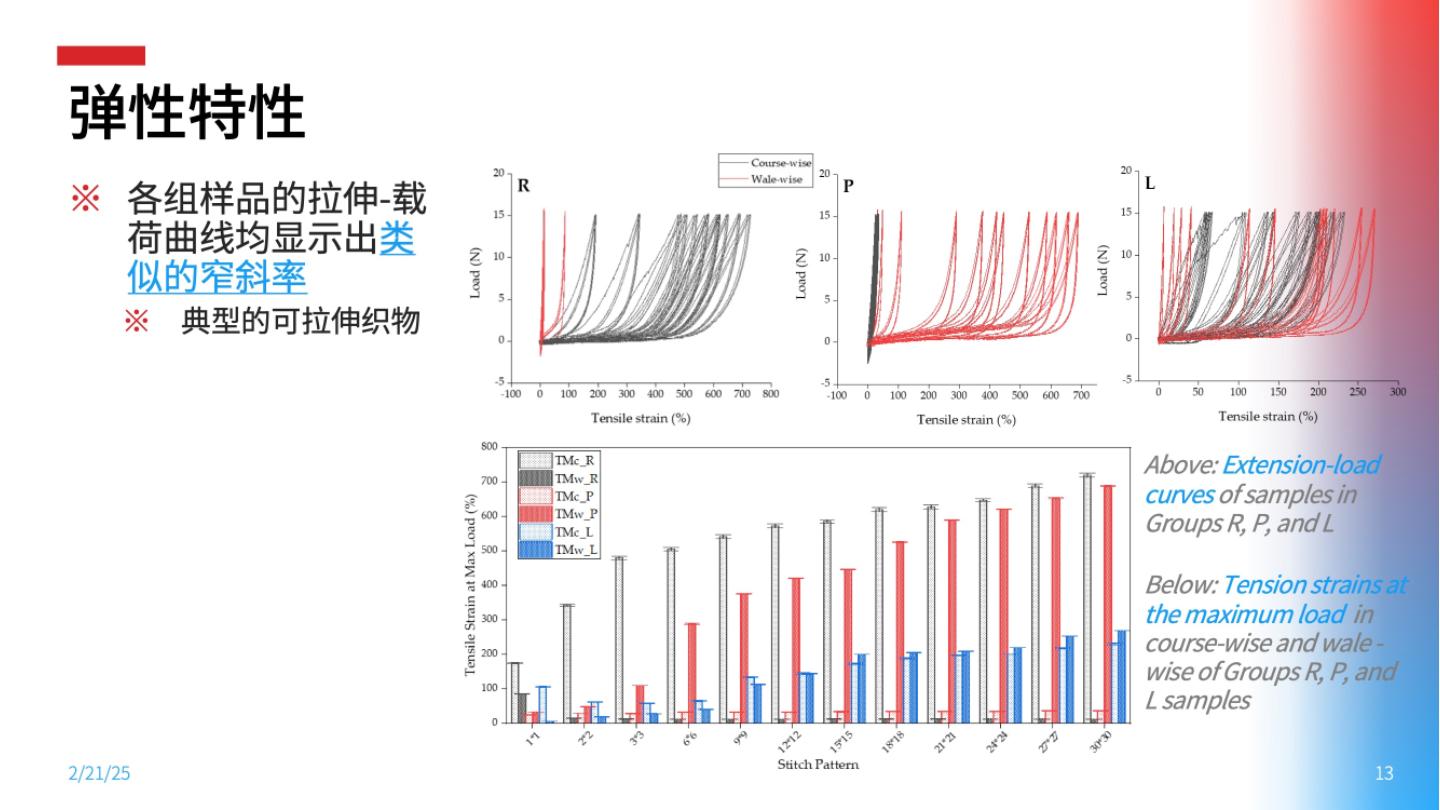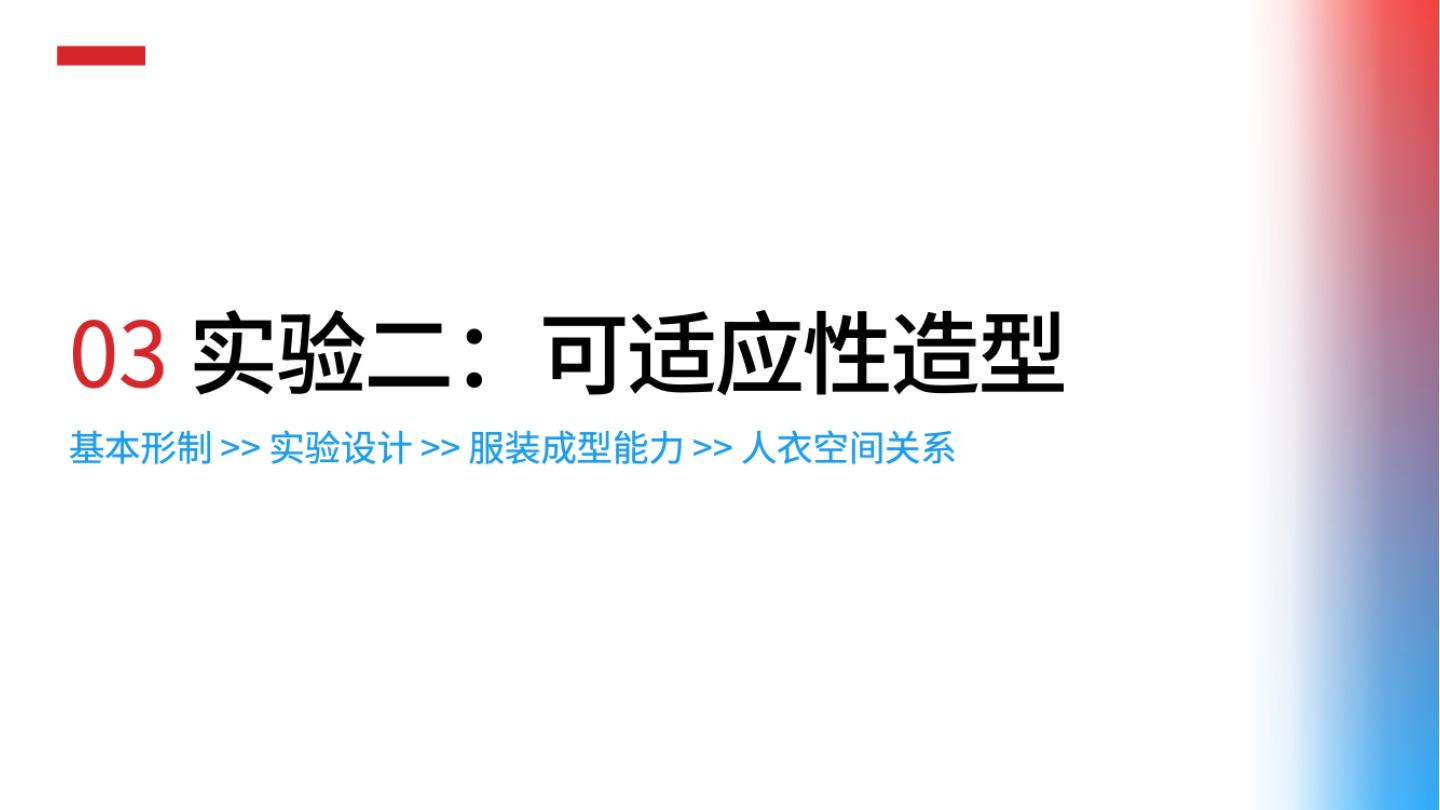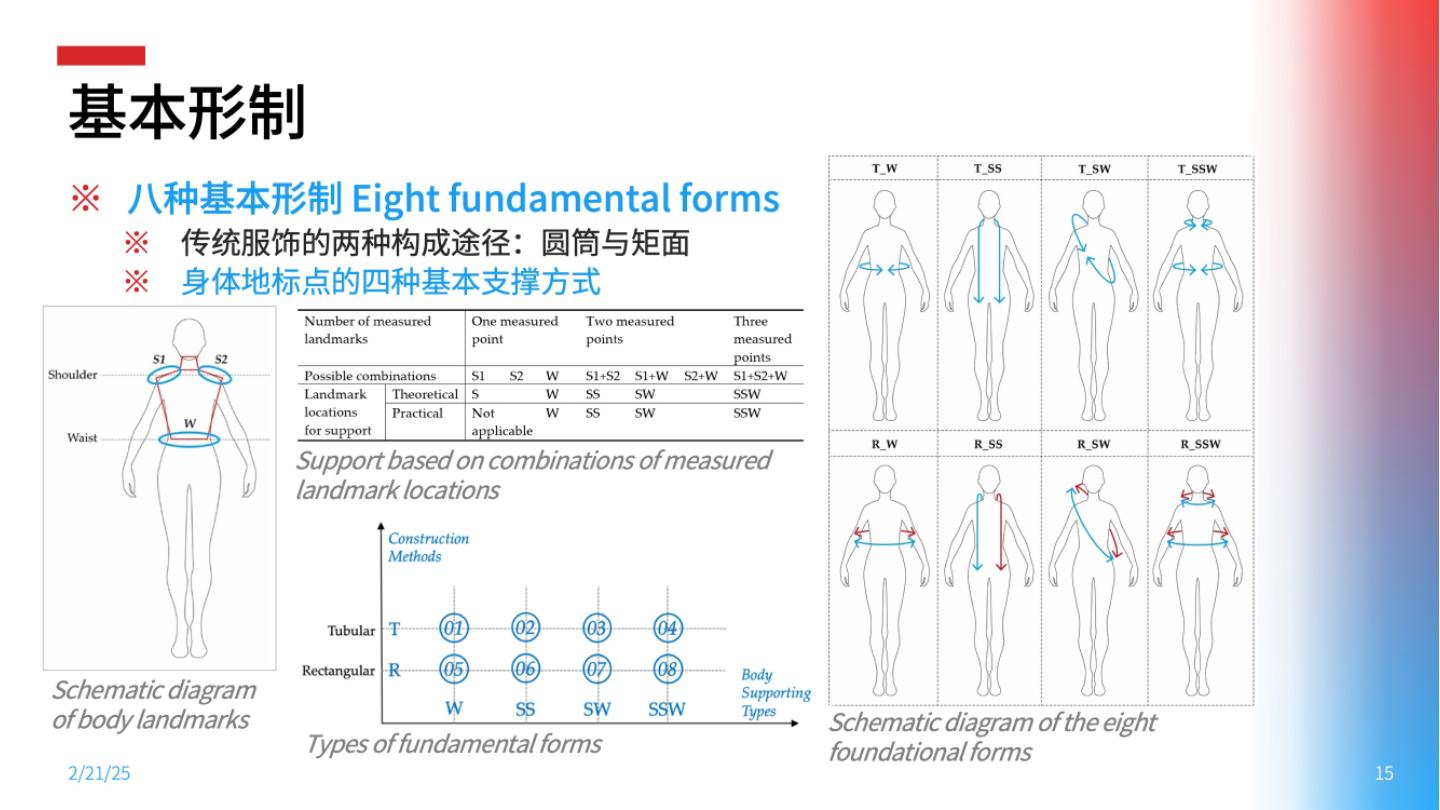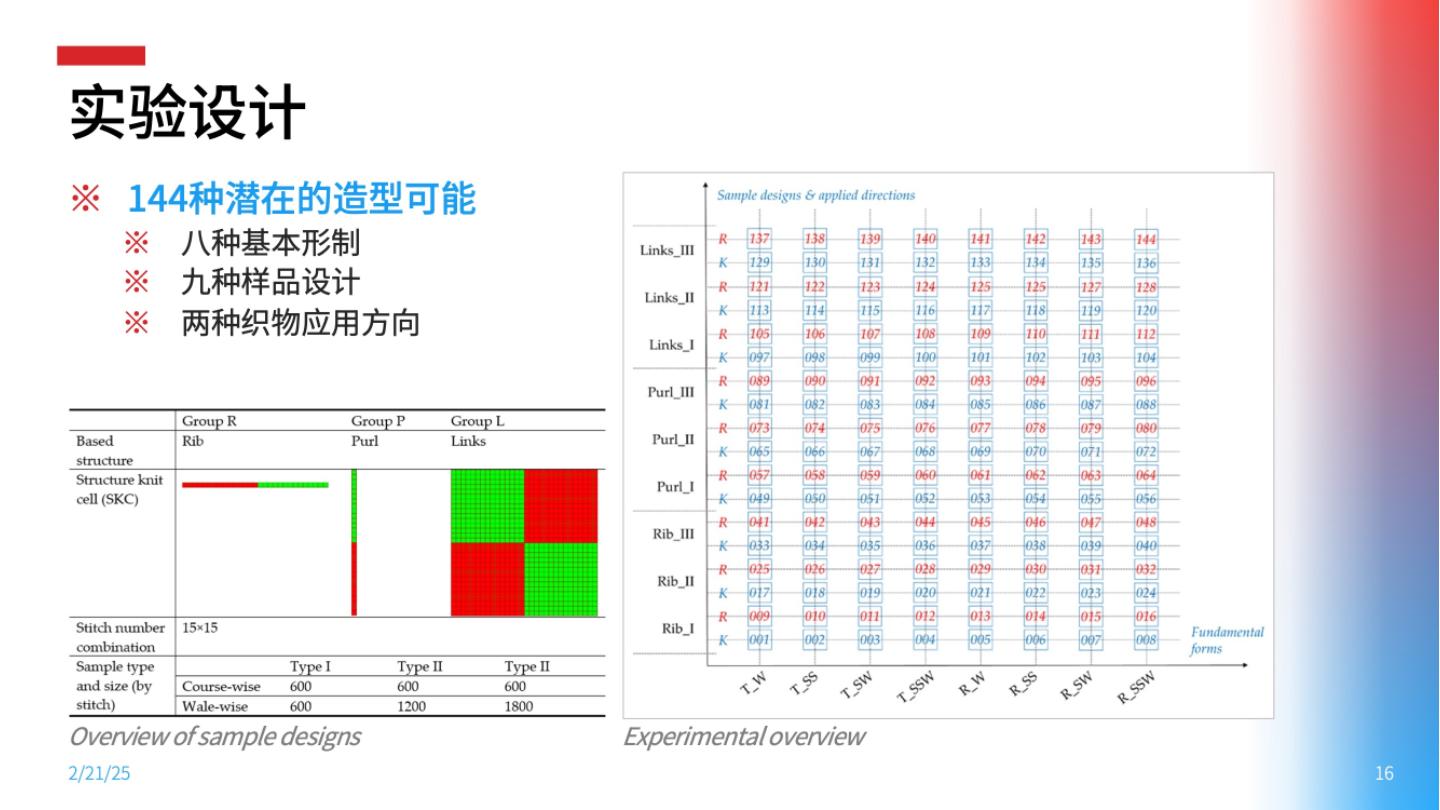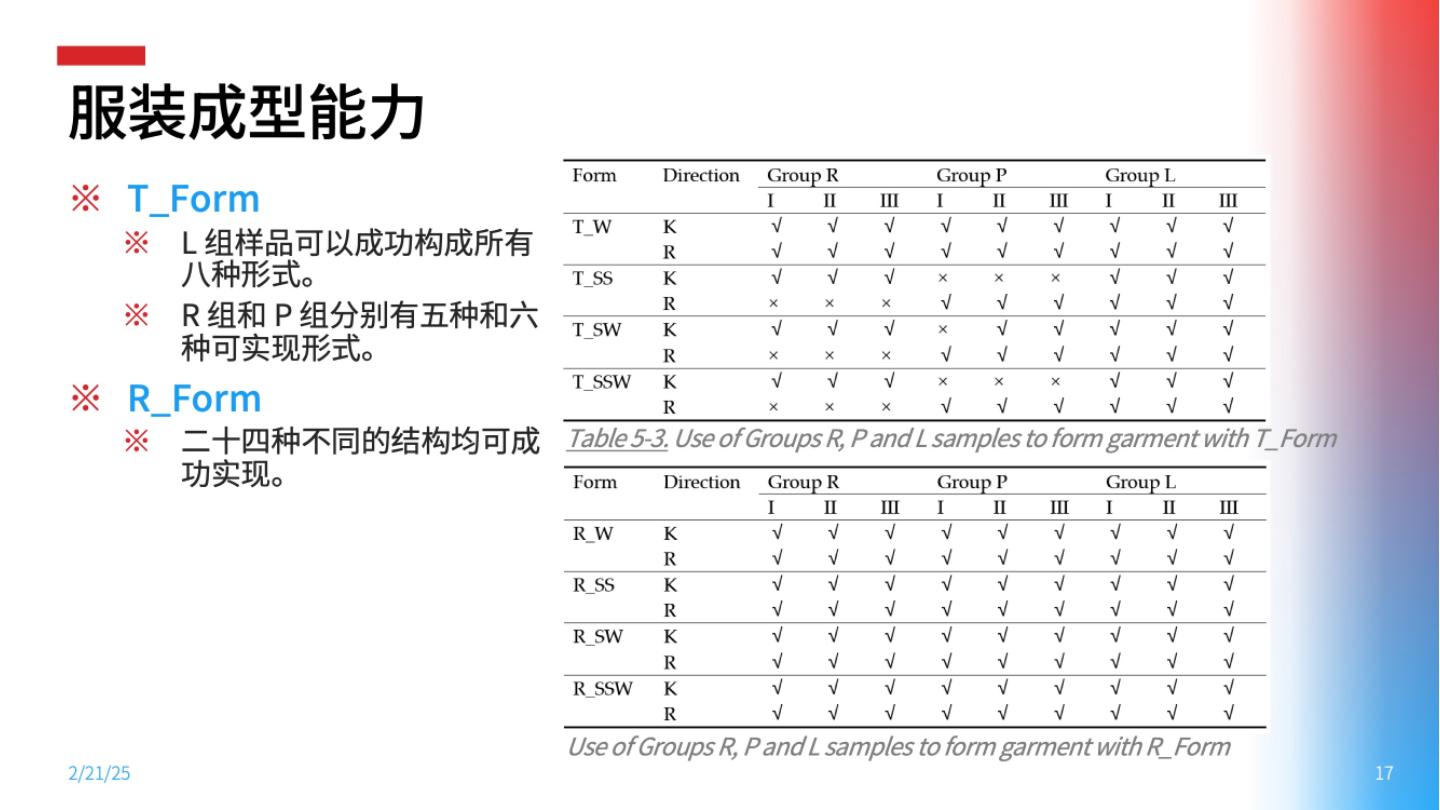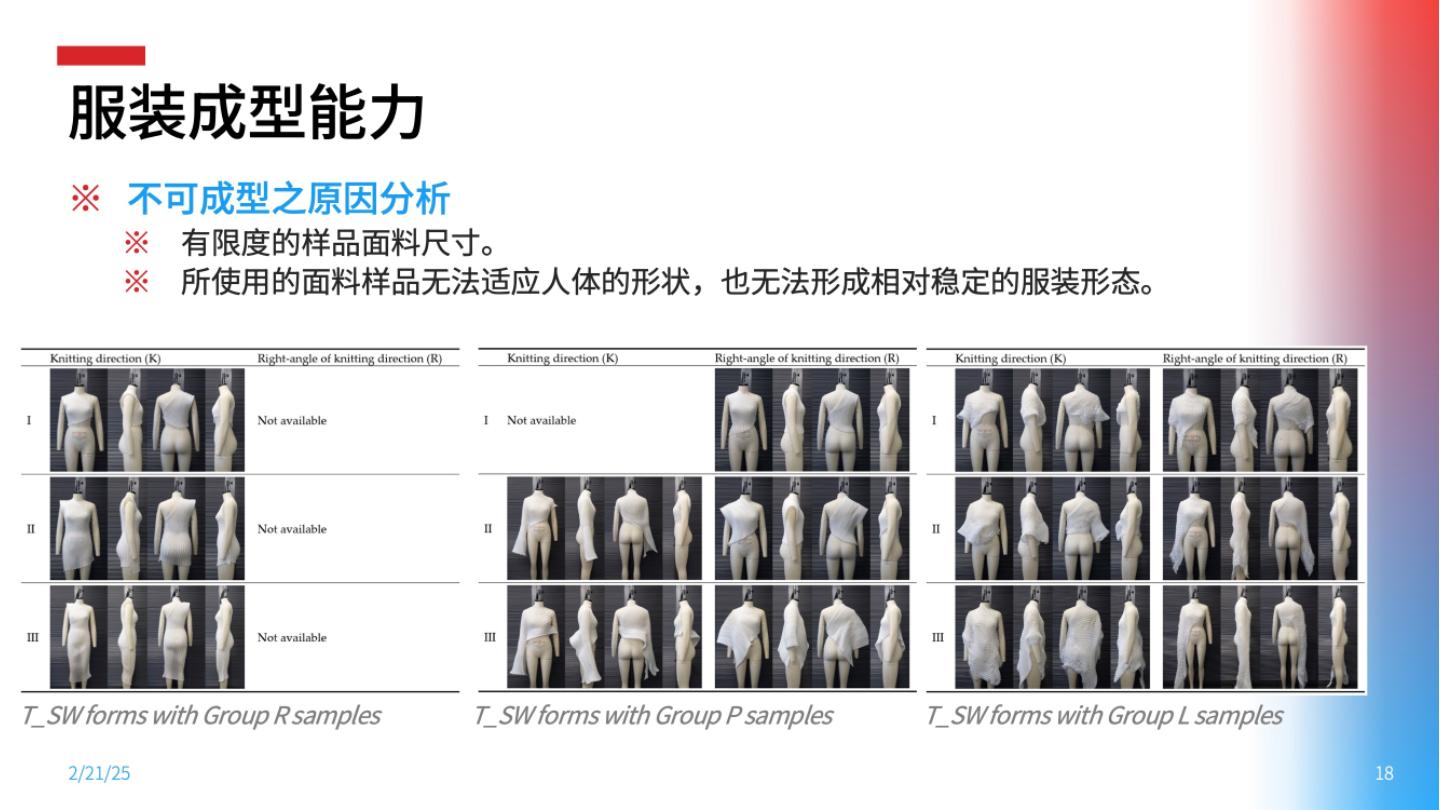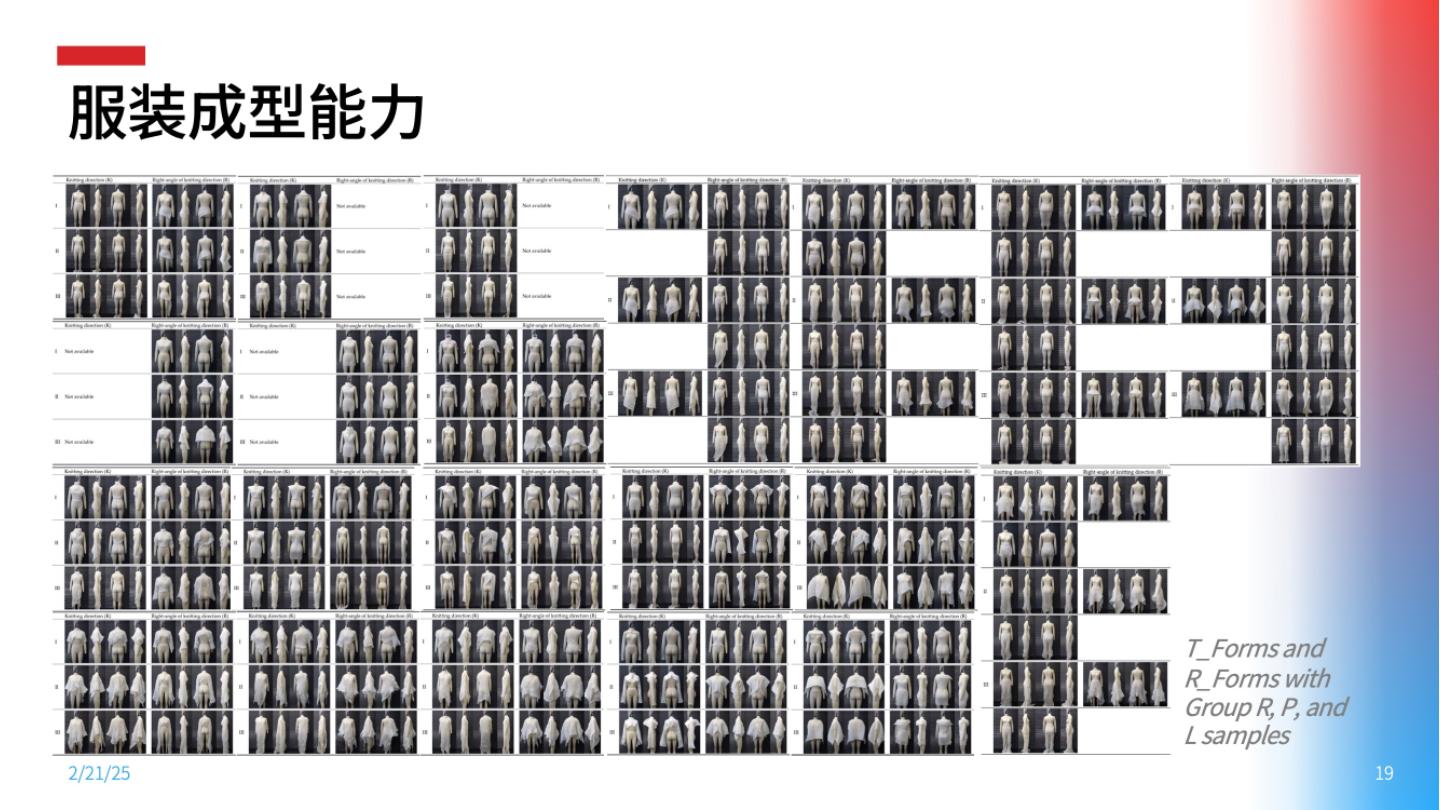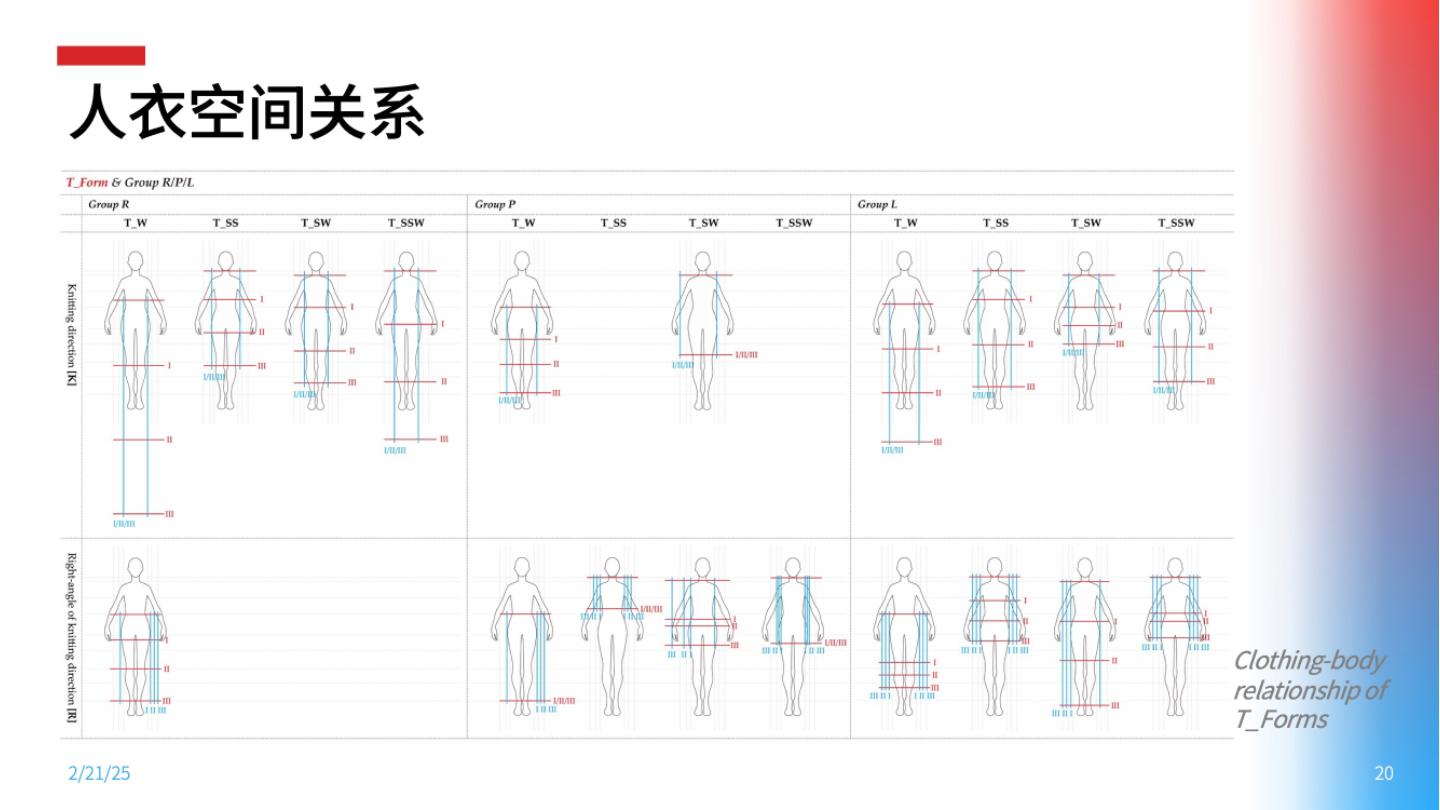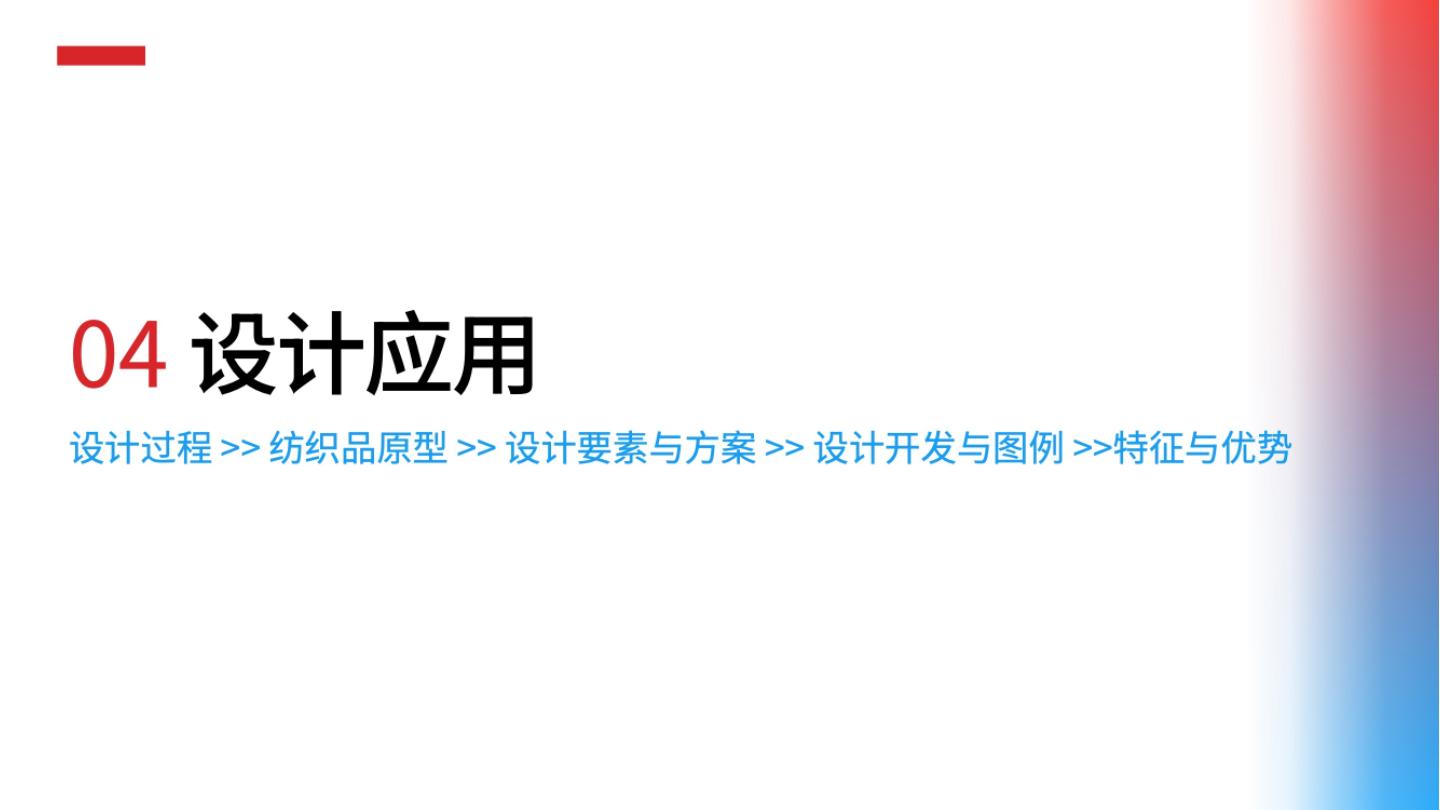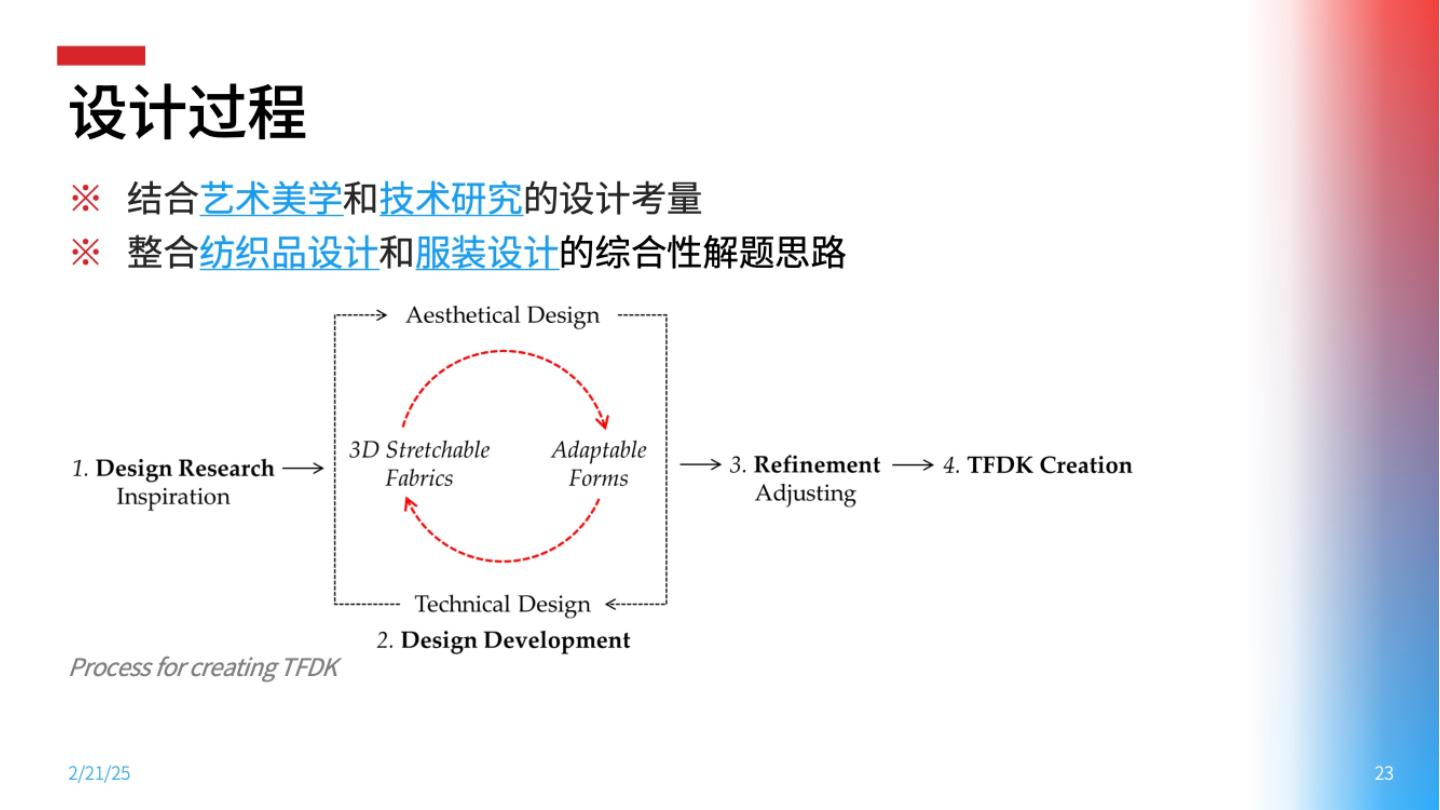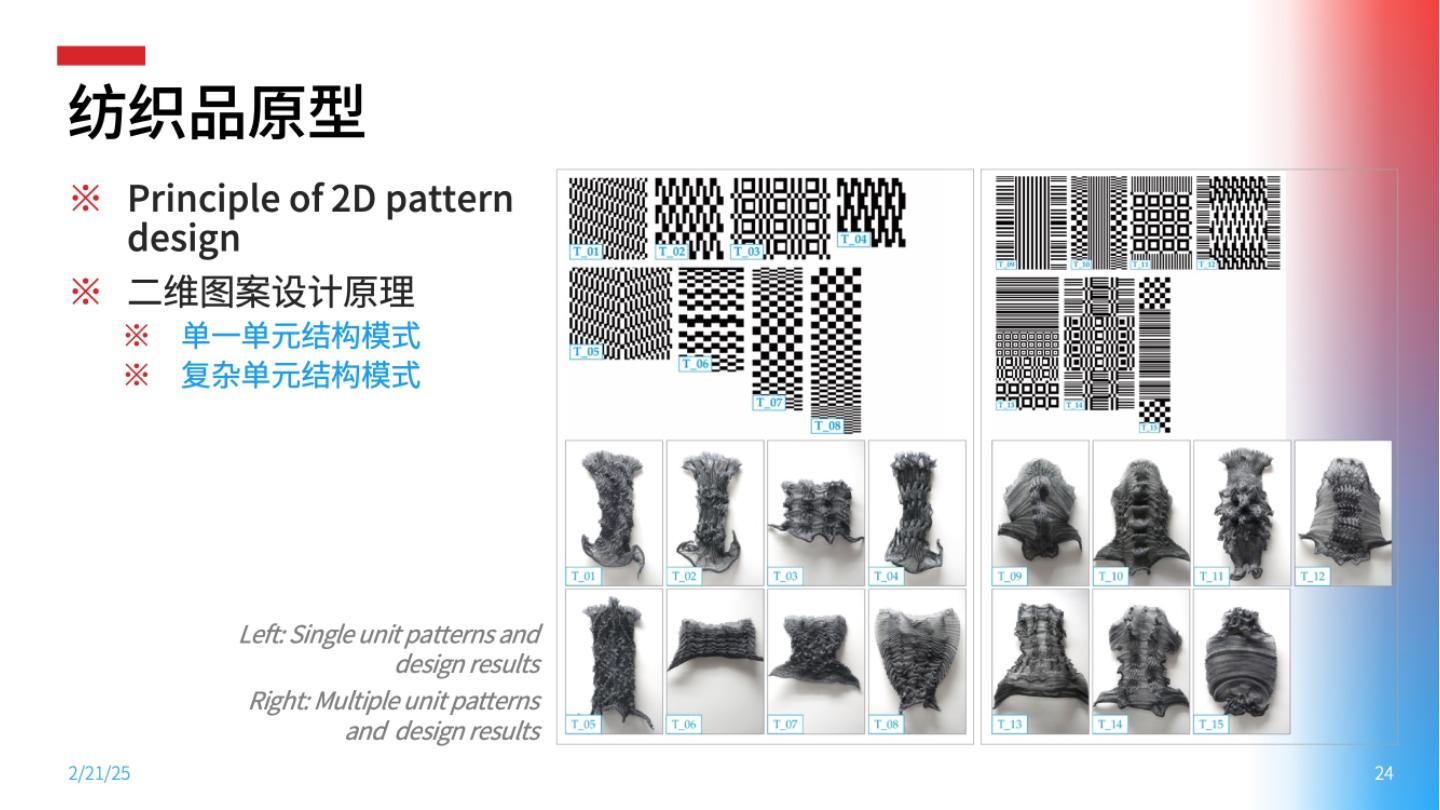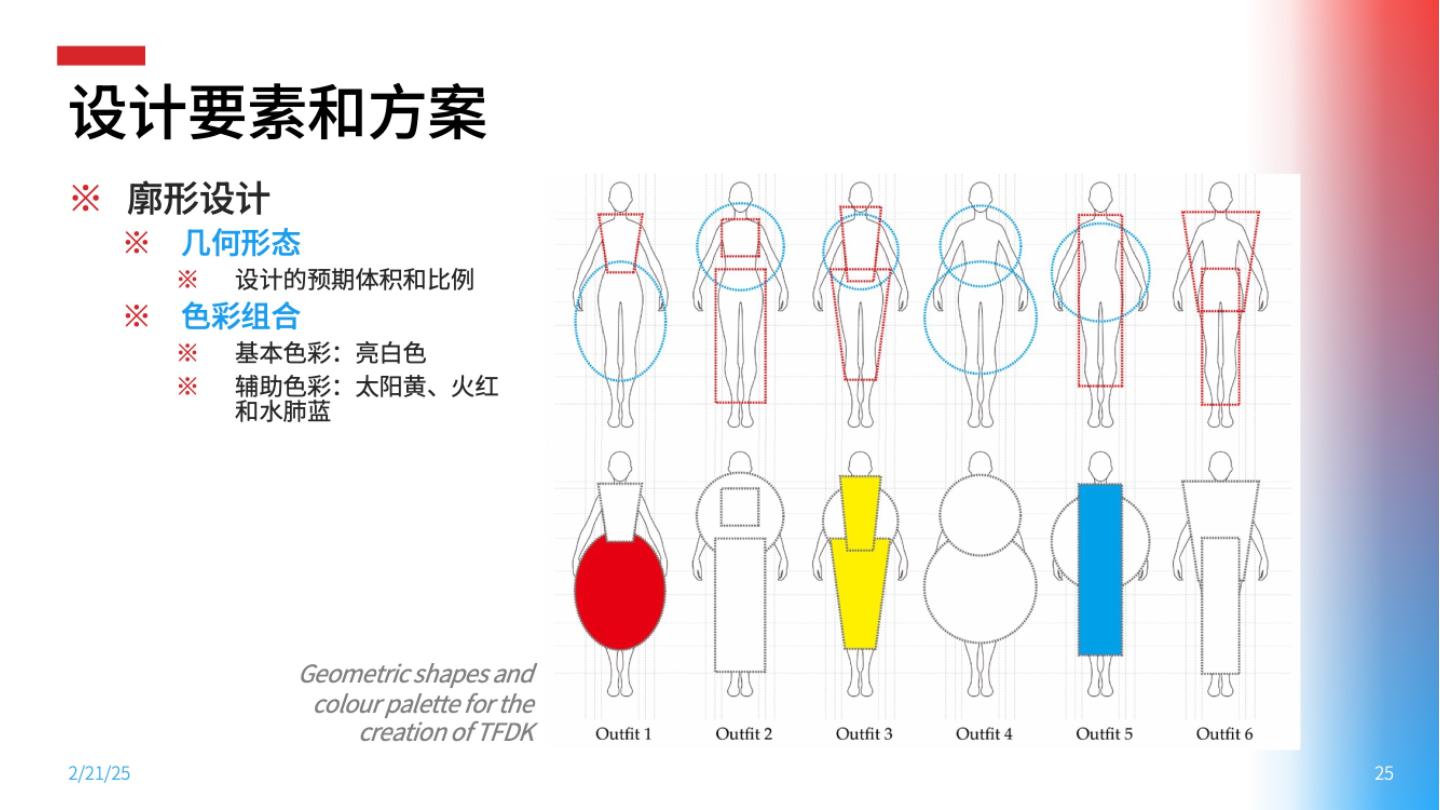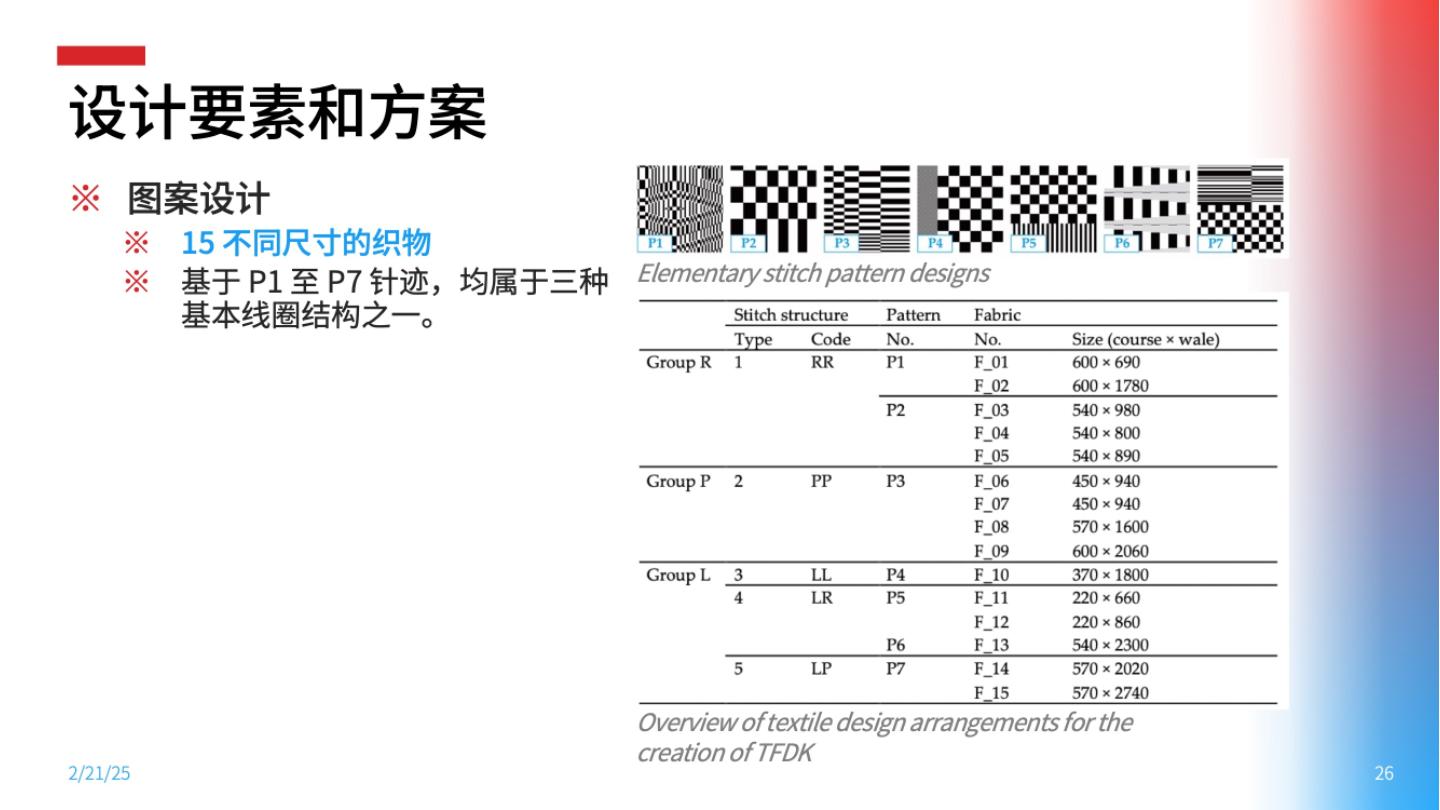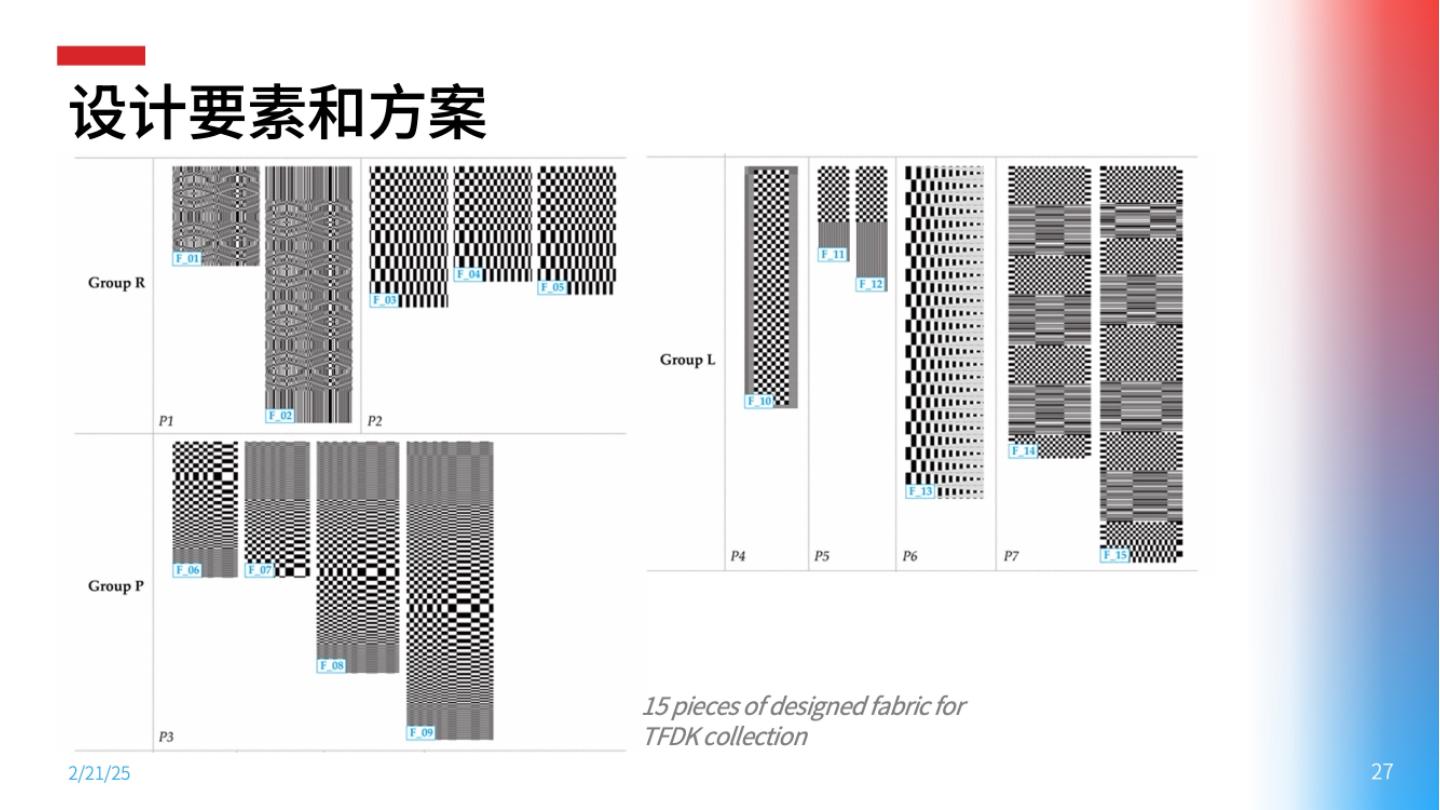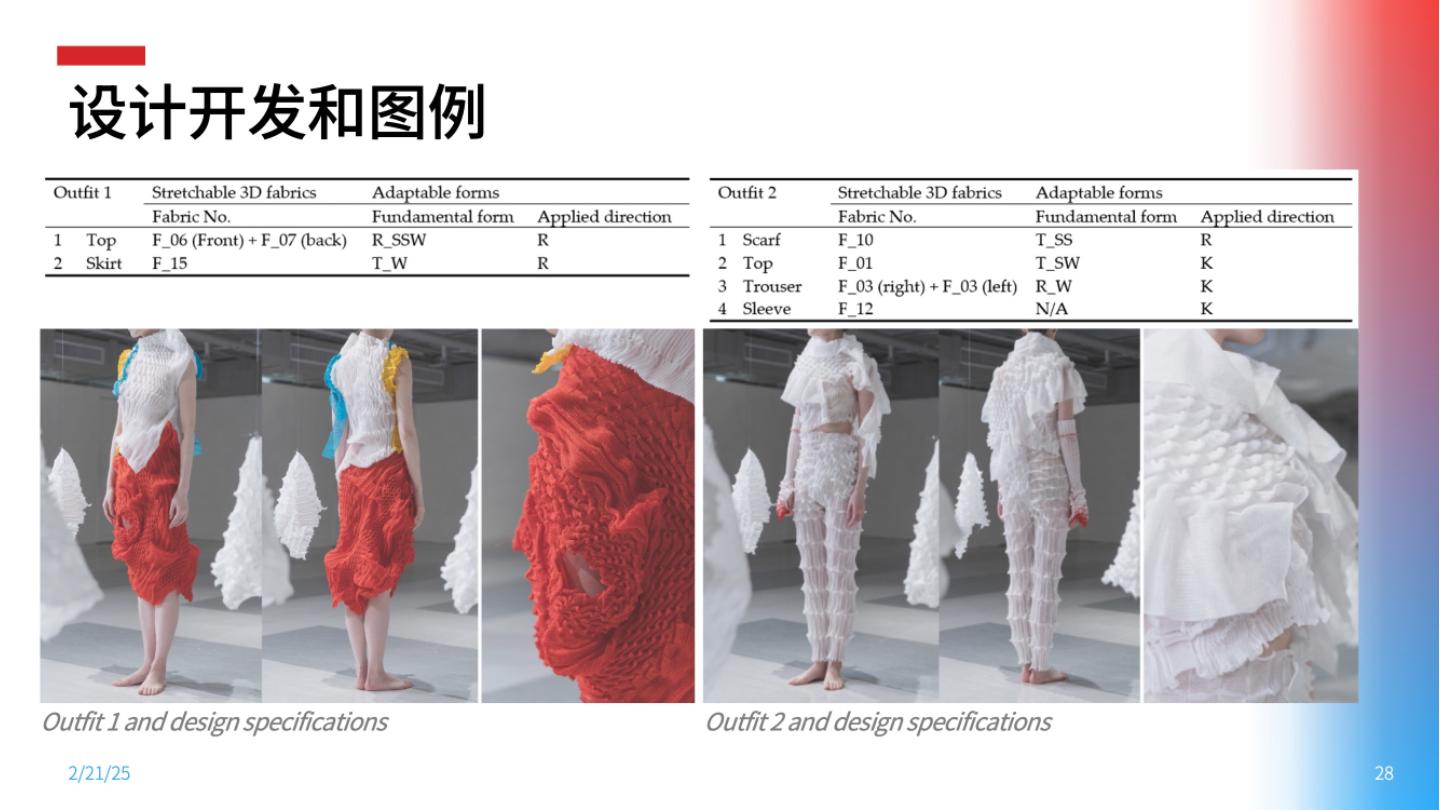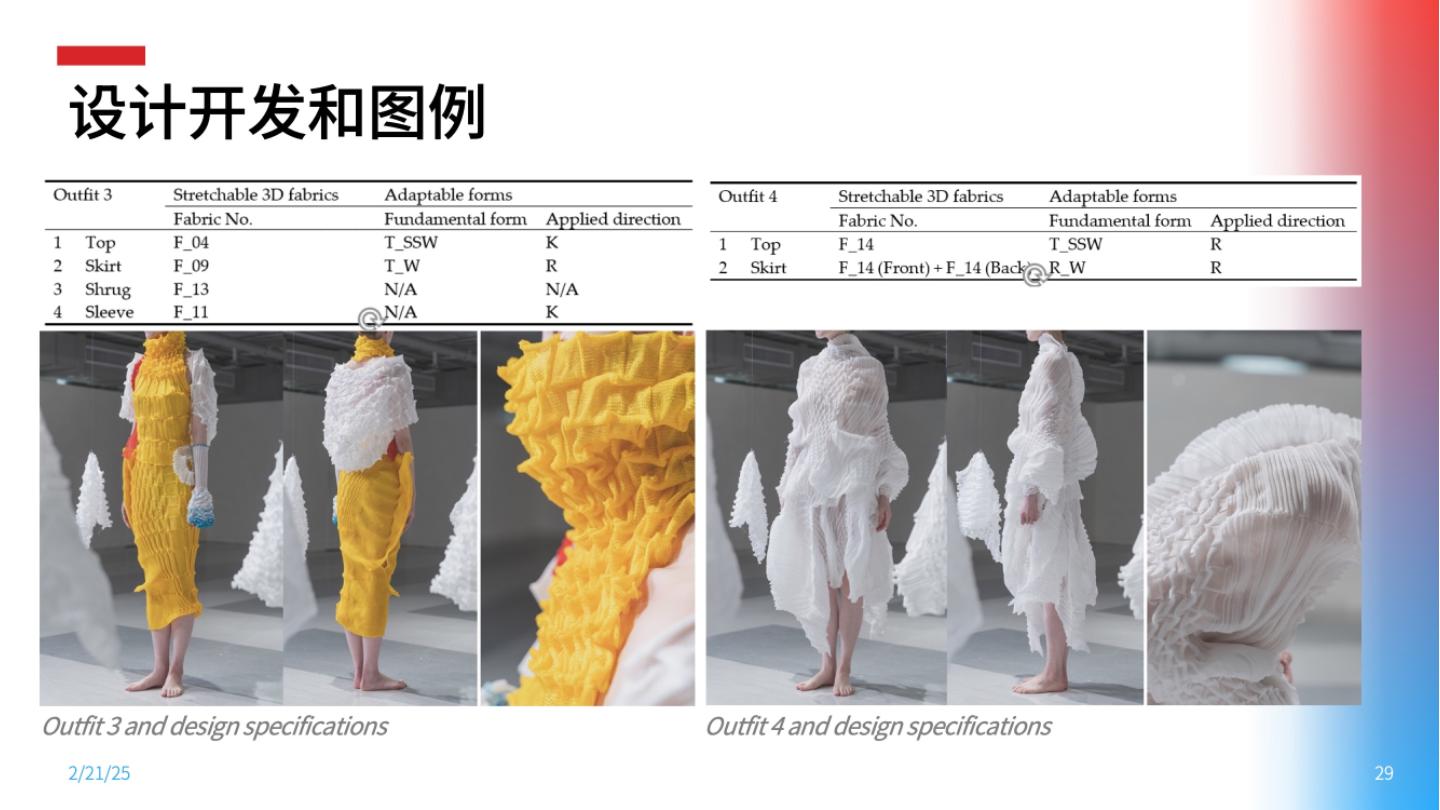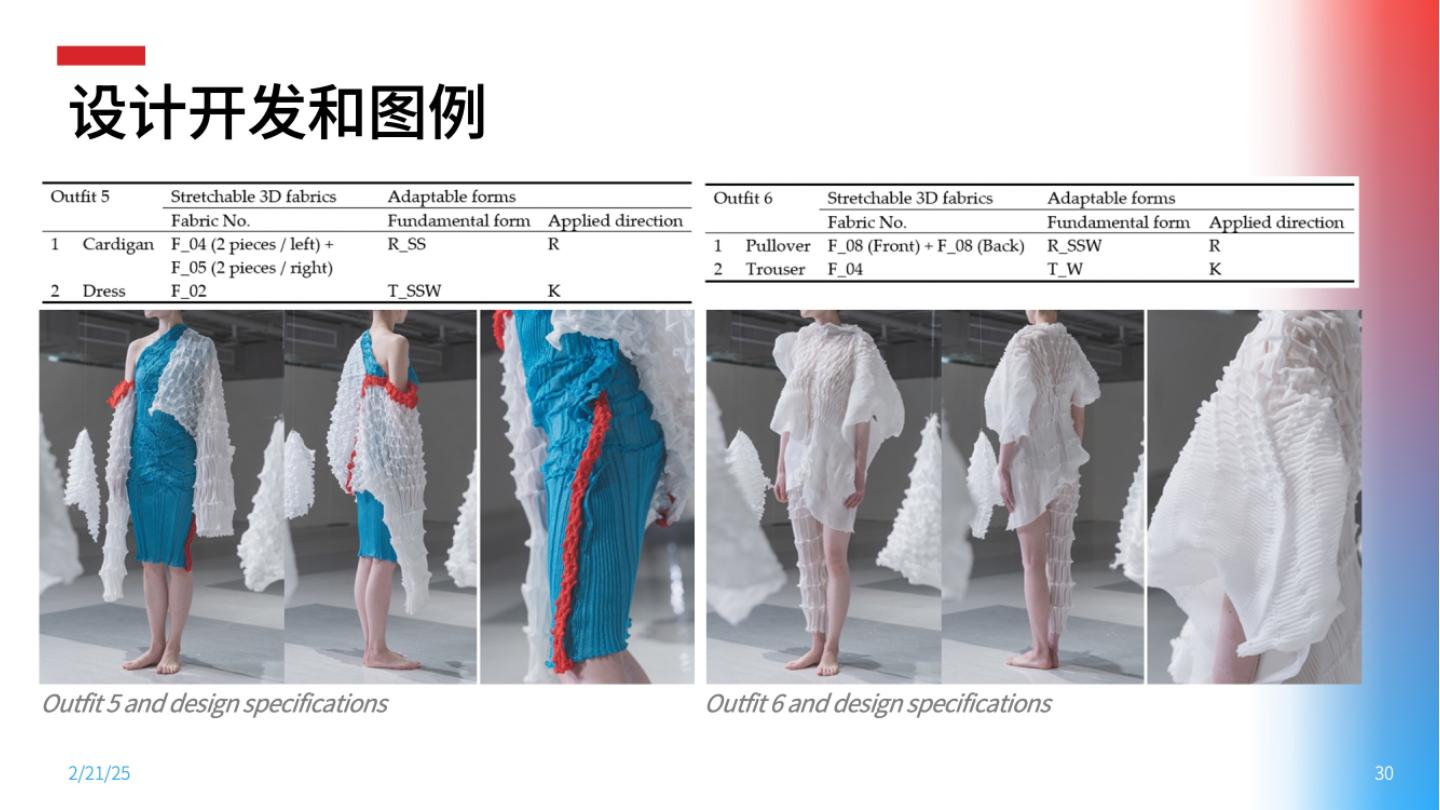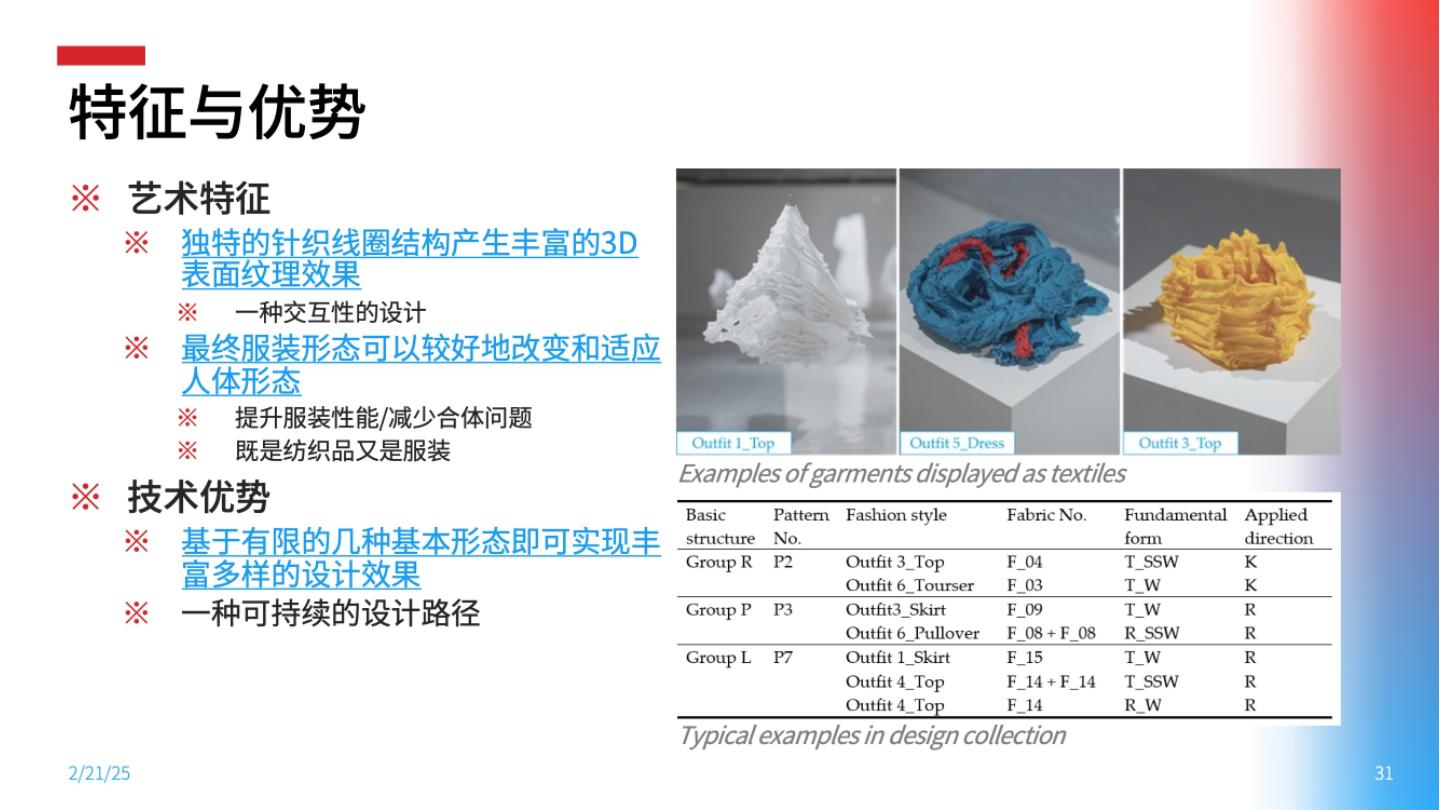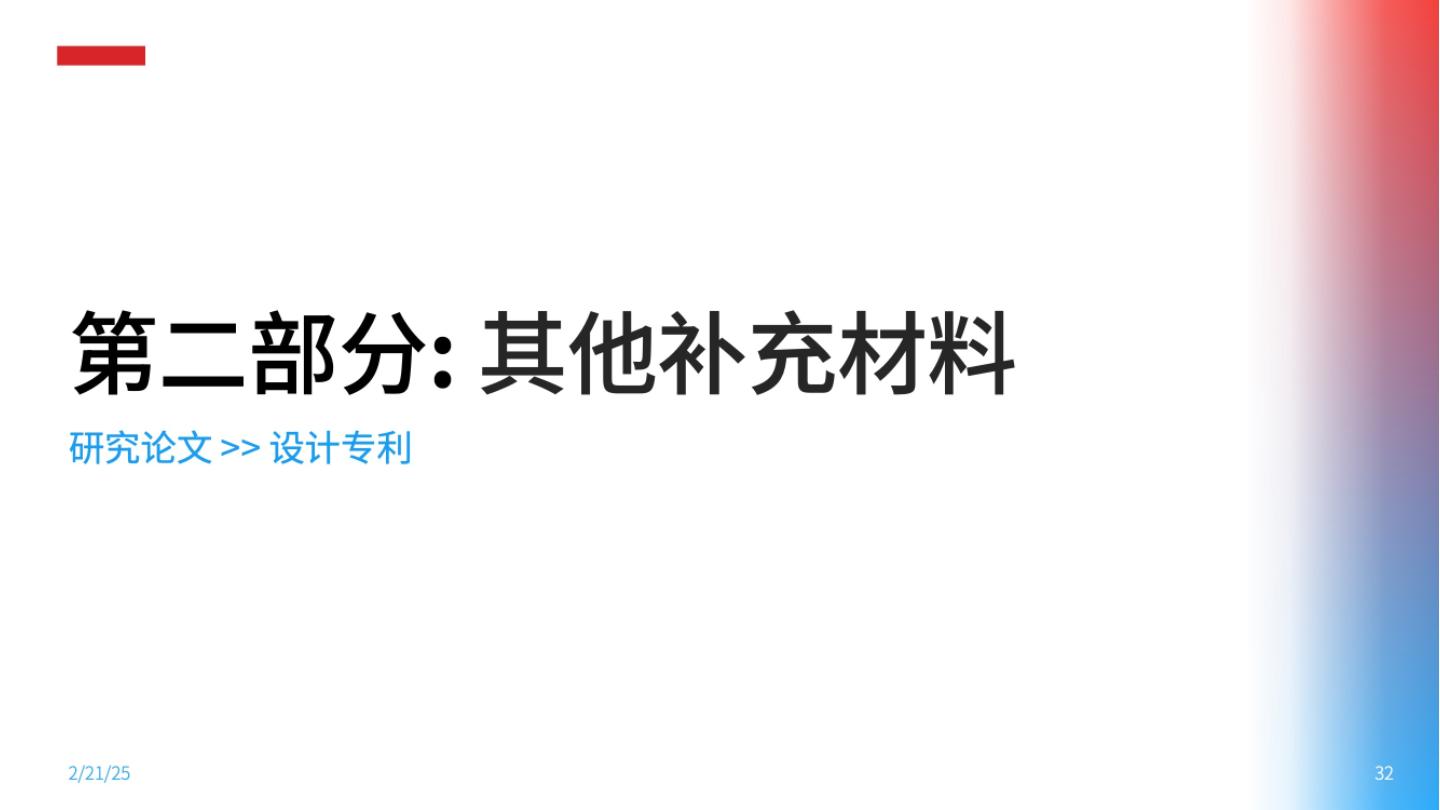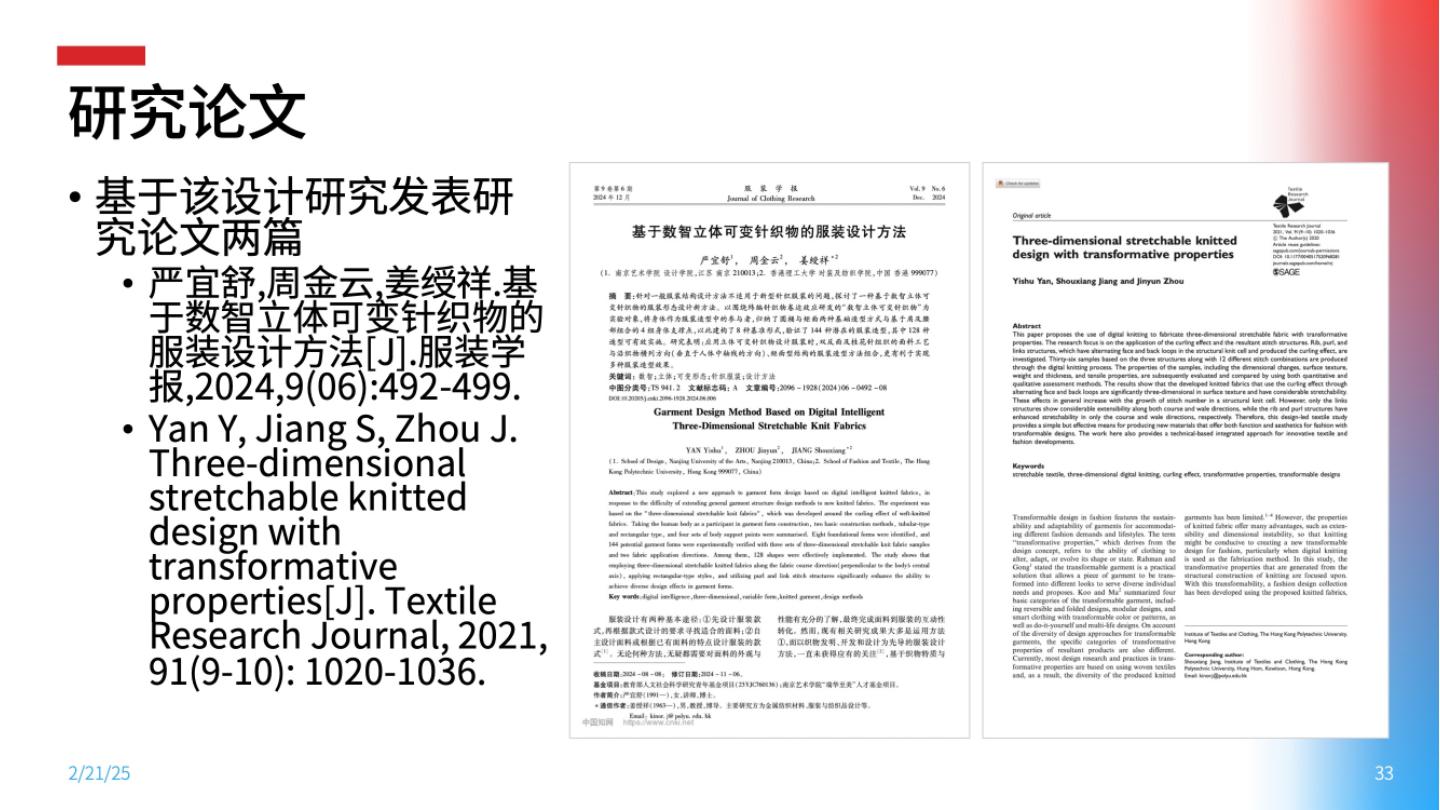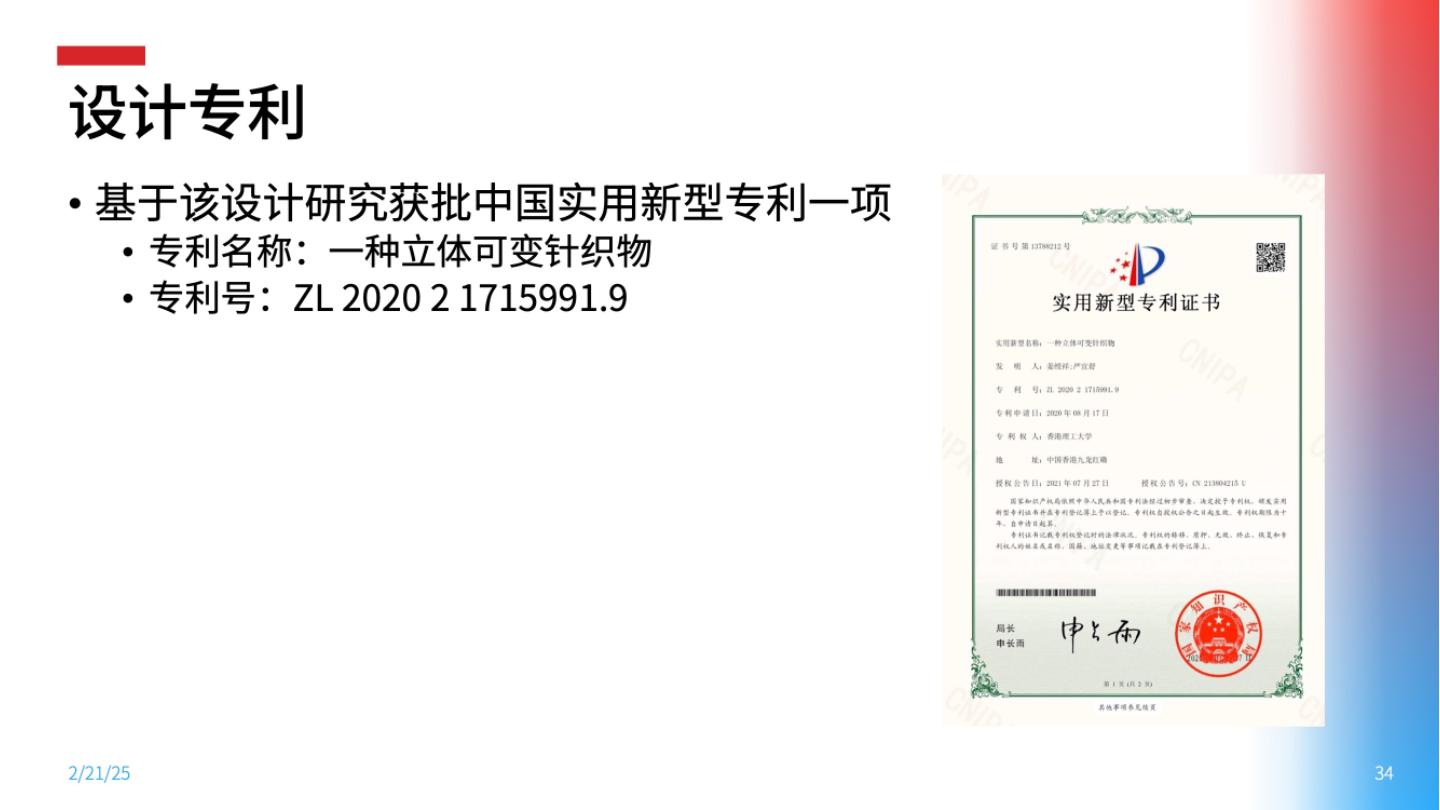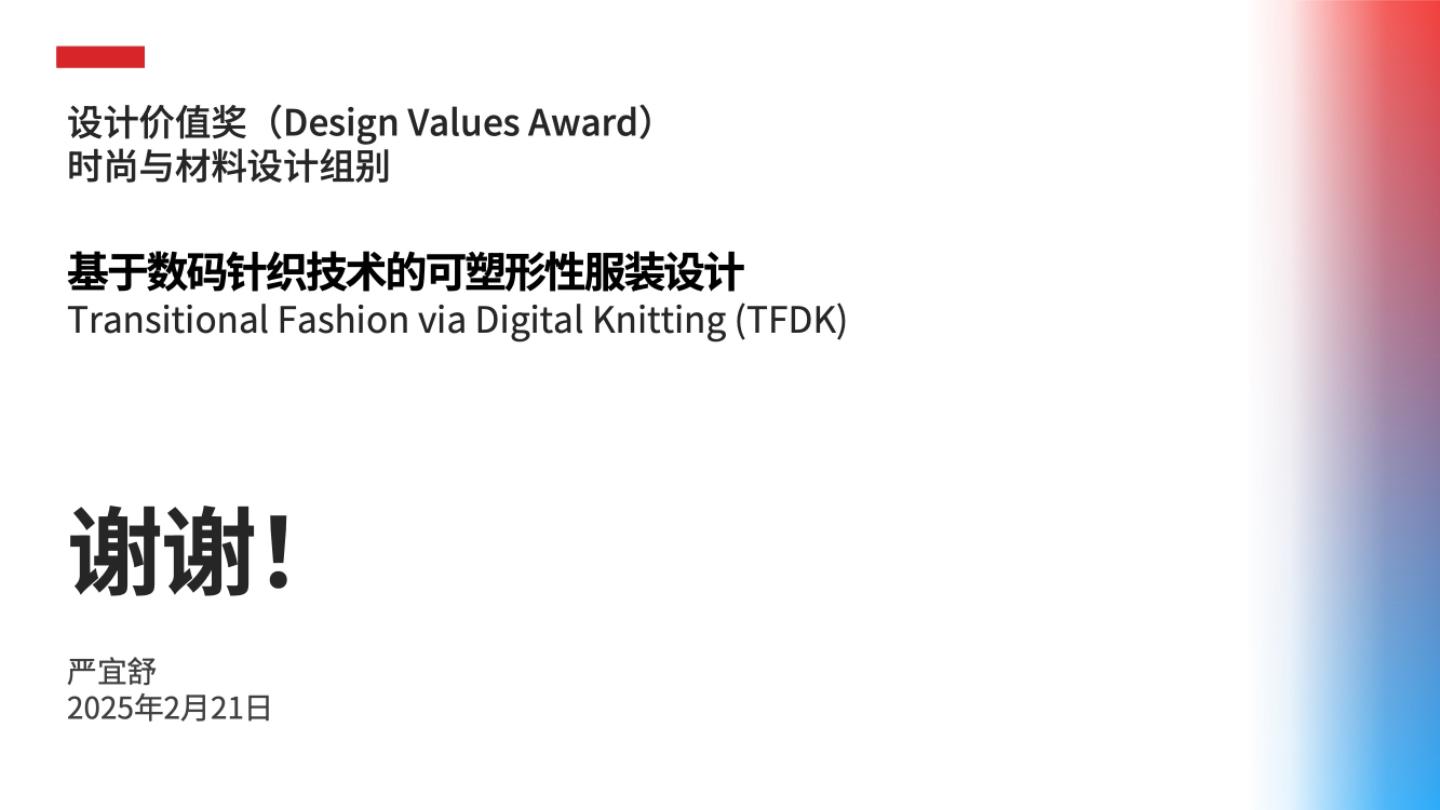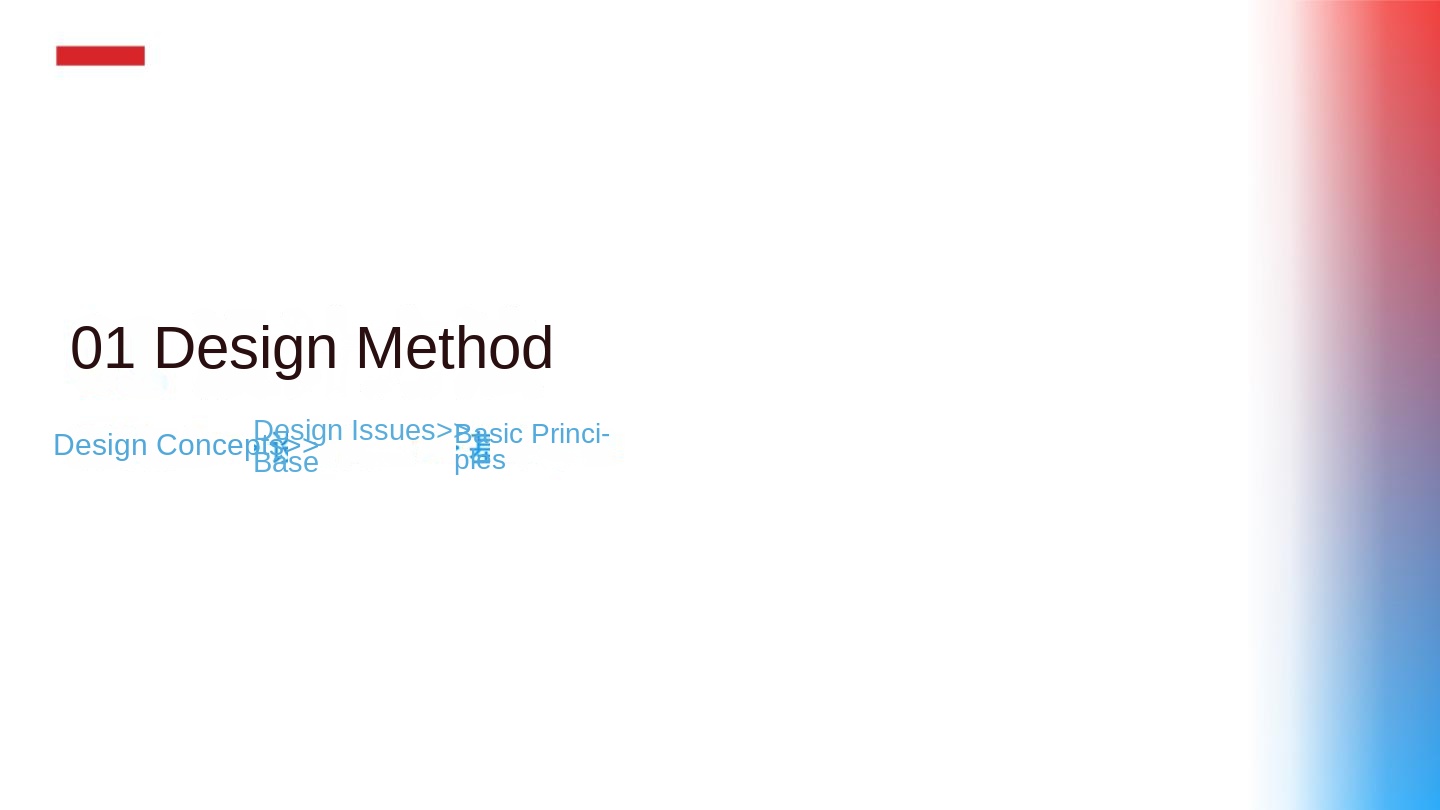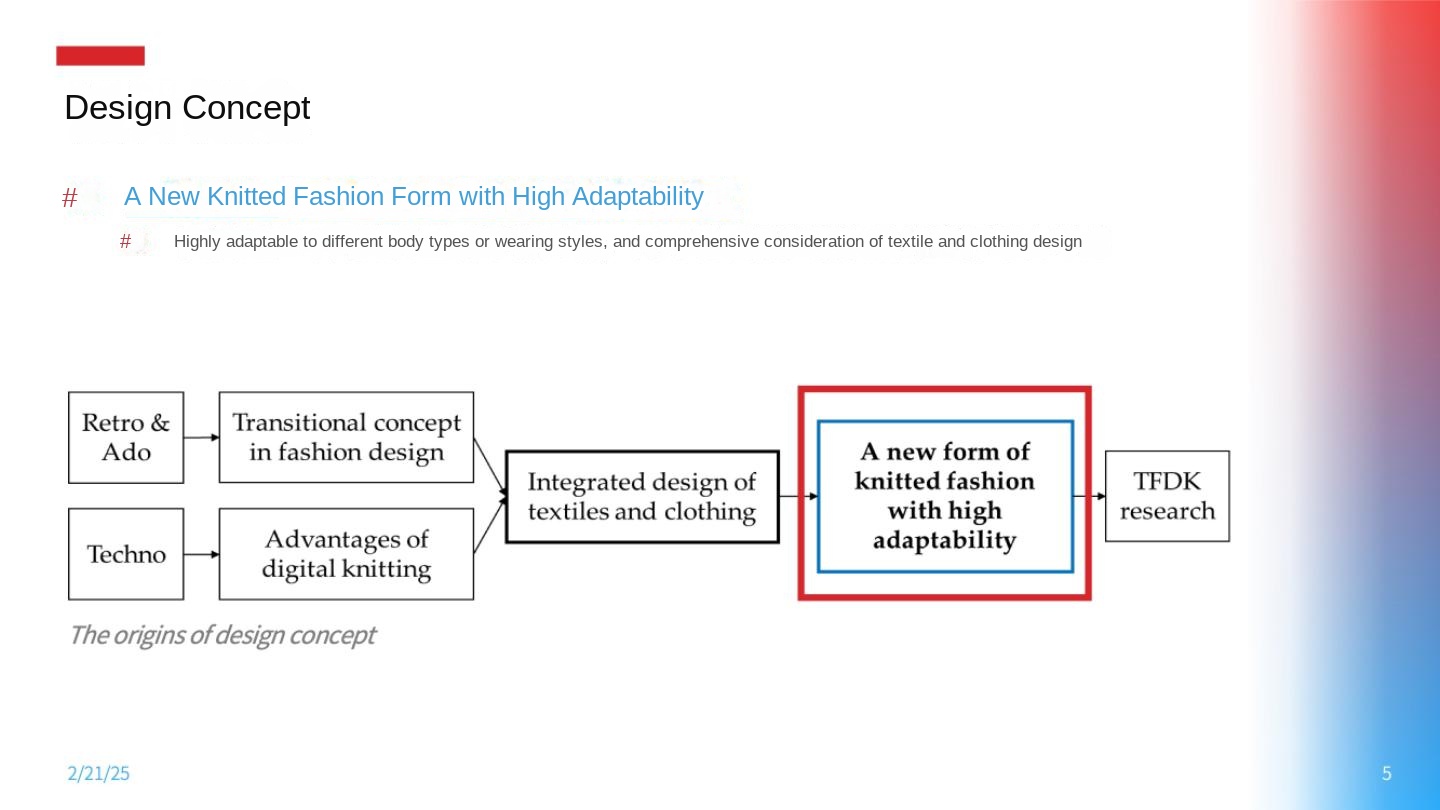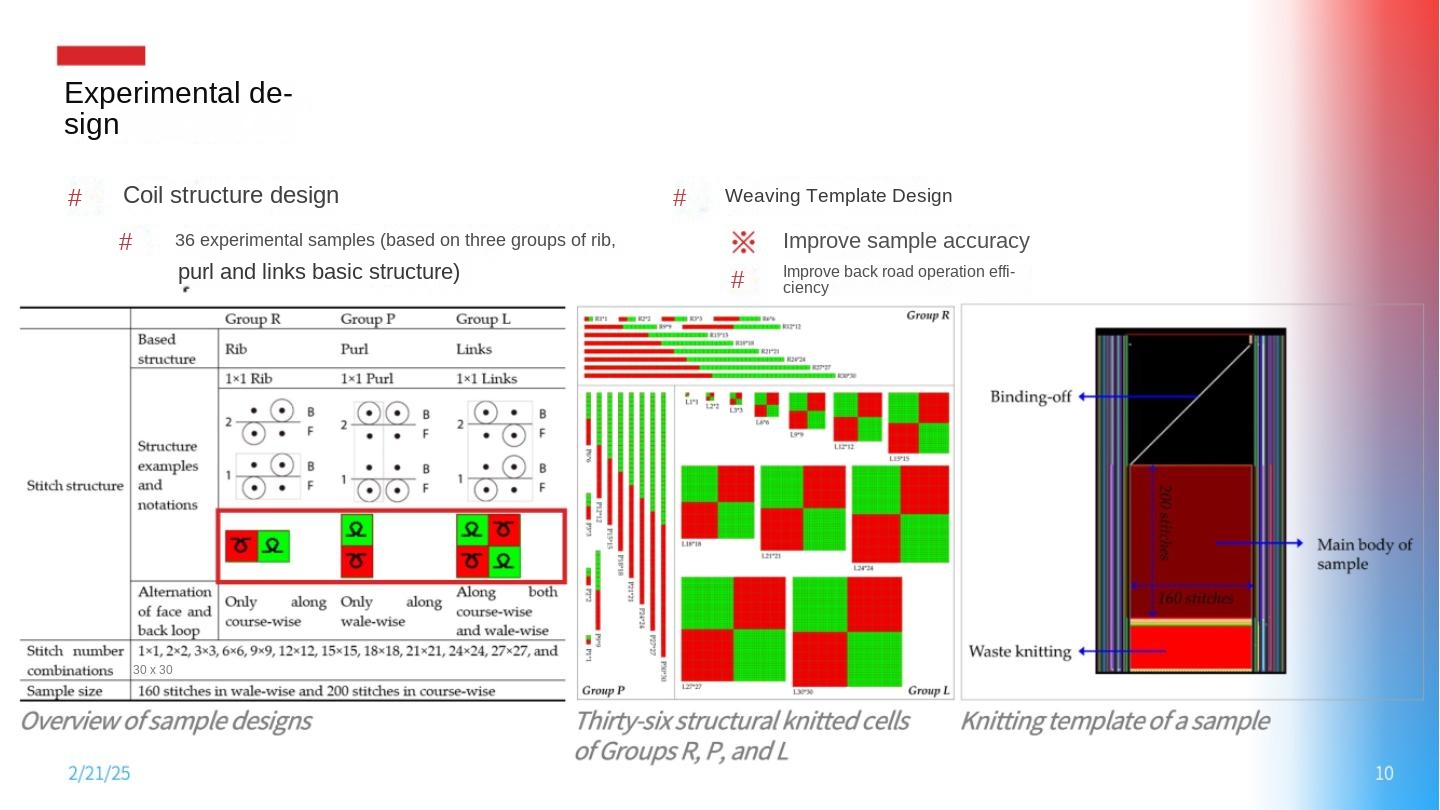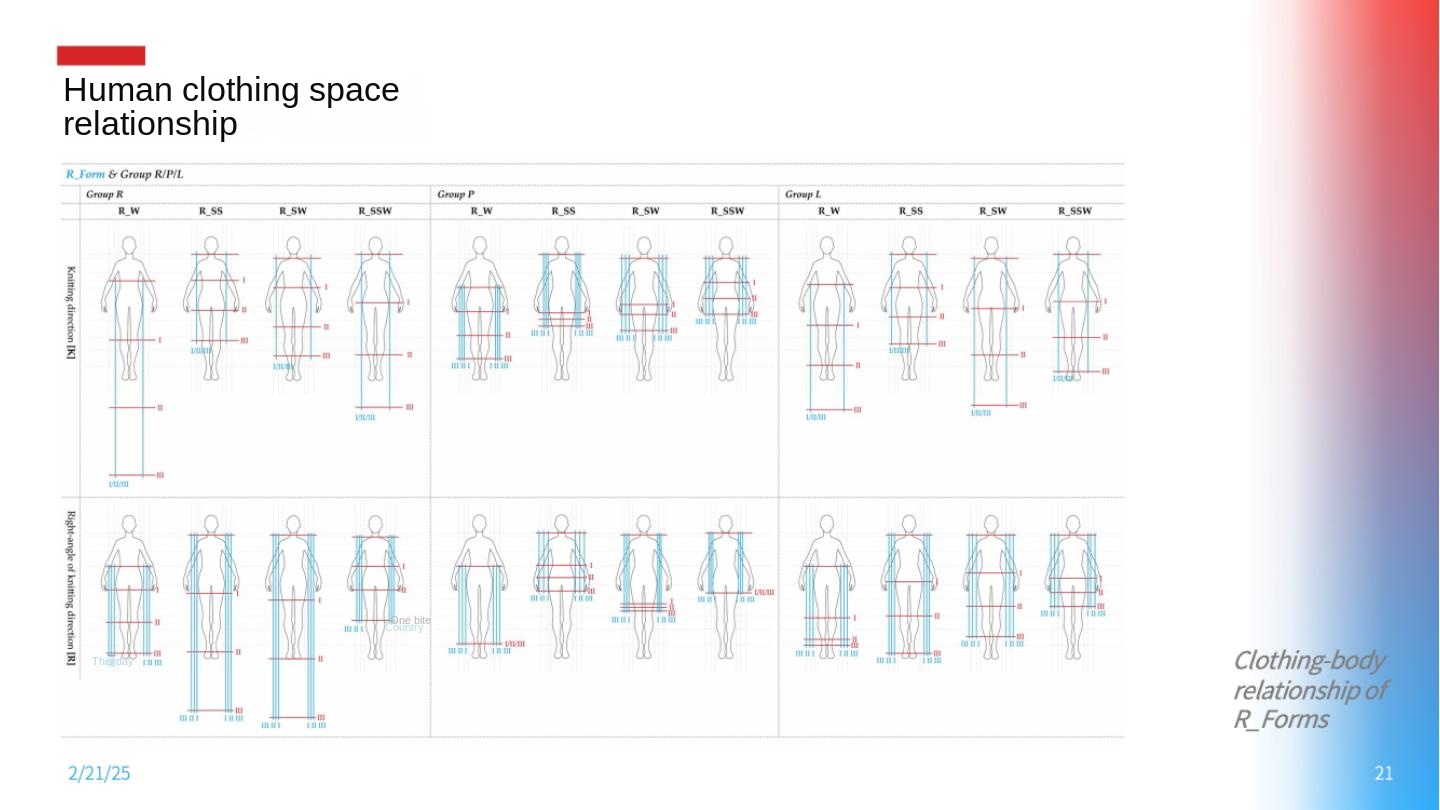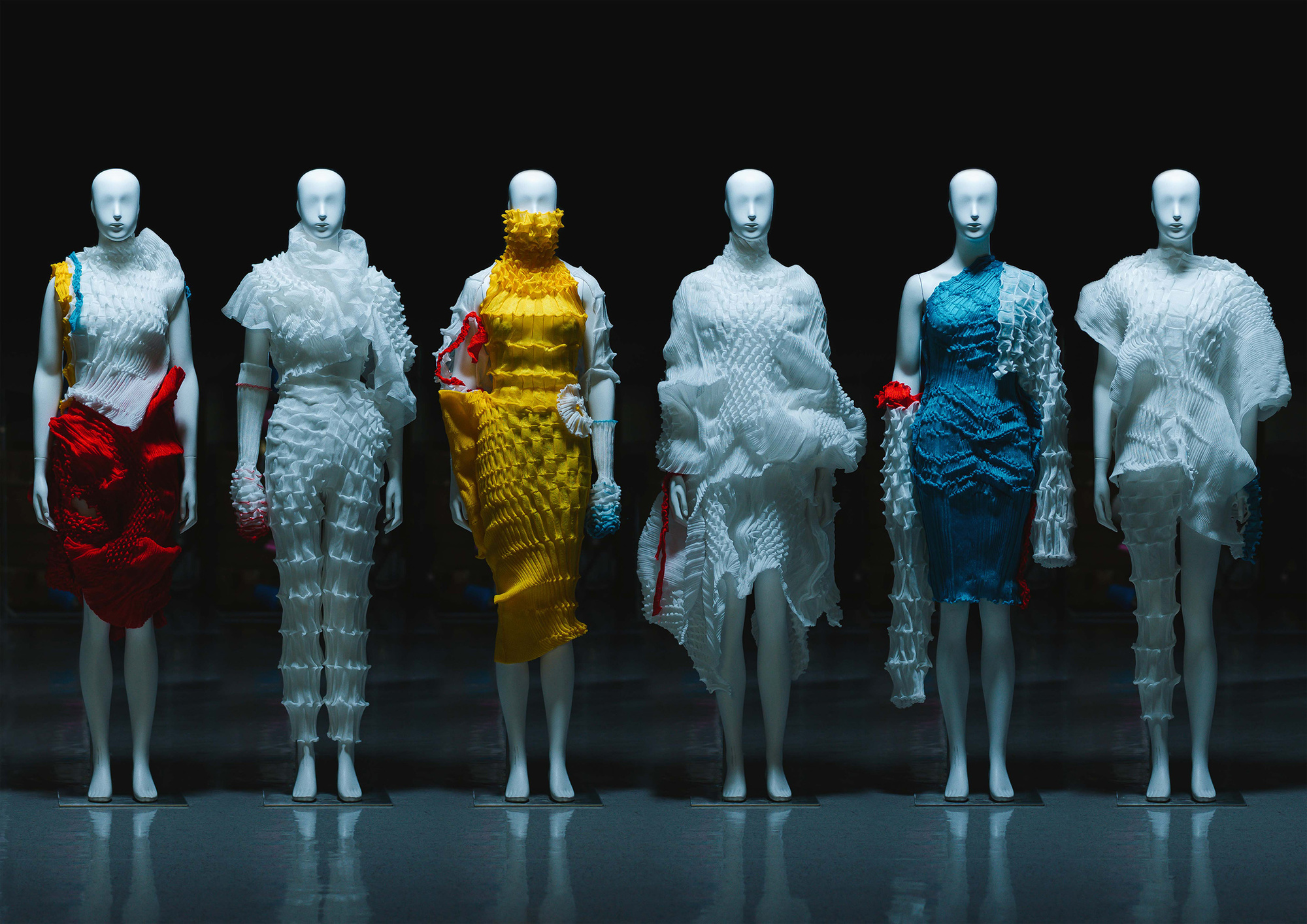
2025_Design Value Award_Yan Yishu_Full Series 6 Sets of Design Display

2025_Design Value Award_Yan Yishu_Work Display_Look4
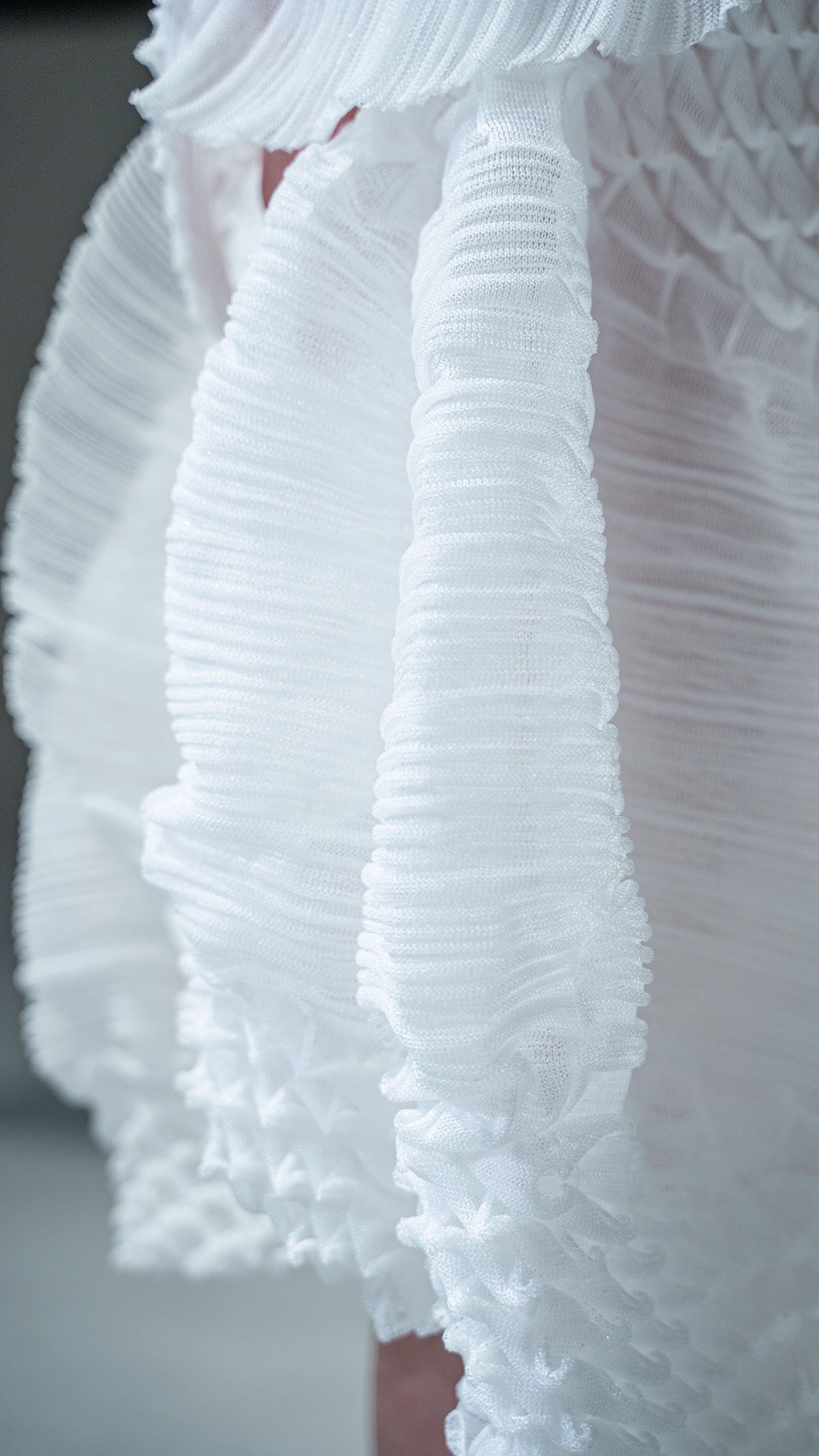
2025_Design Value Award_Yan Yishu_Work Display_Look4 Design Details
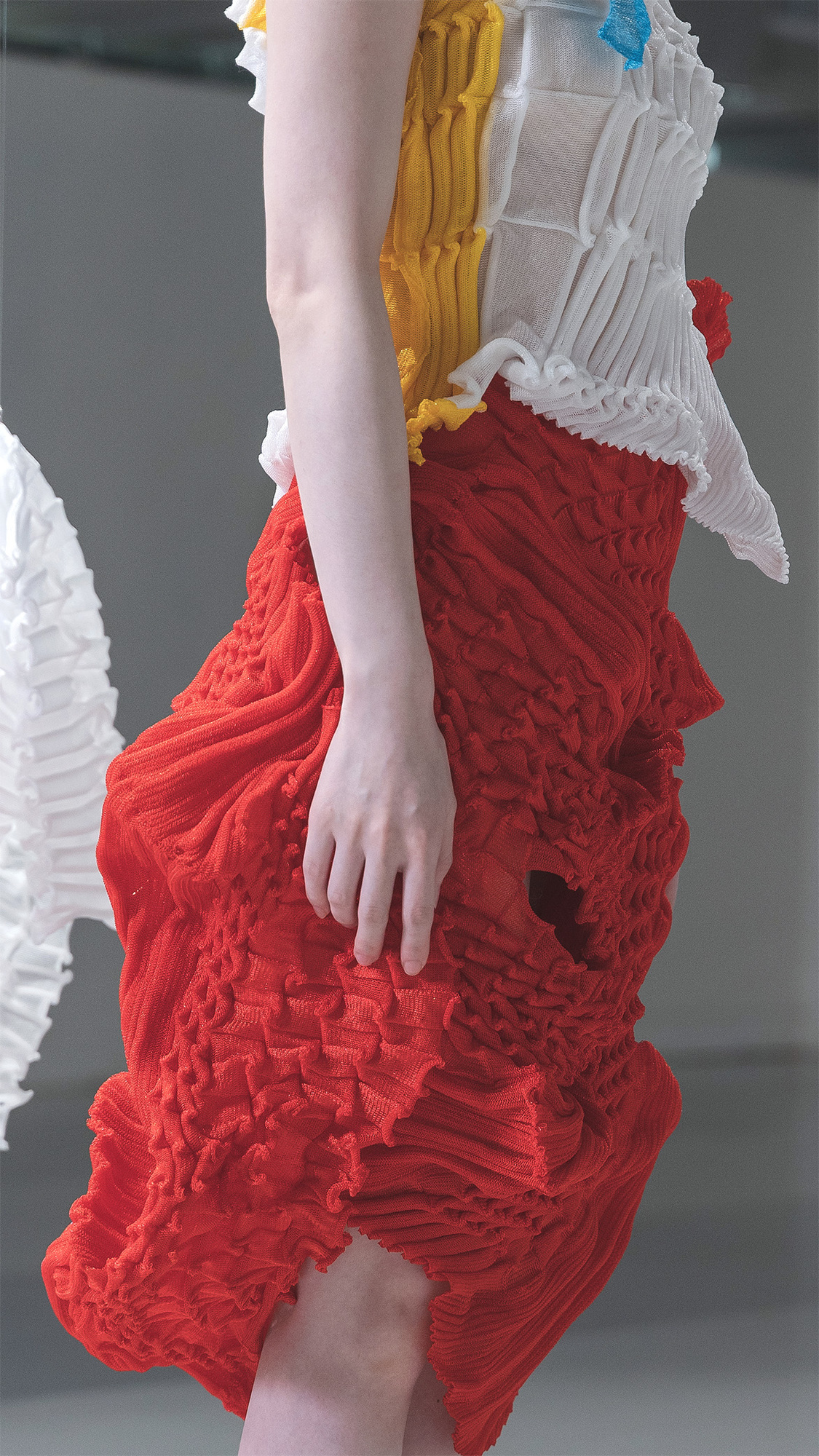
2025_Design Value Award_Yan Yishu_Work Display_Look1 Design Details
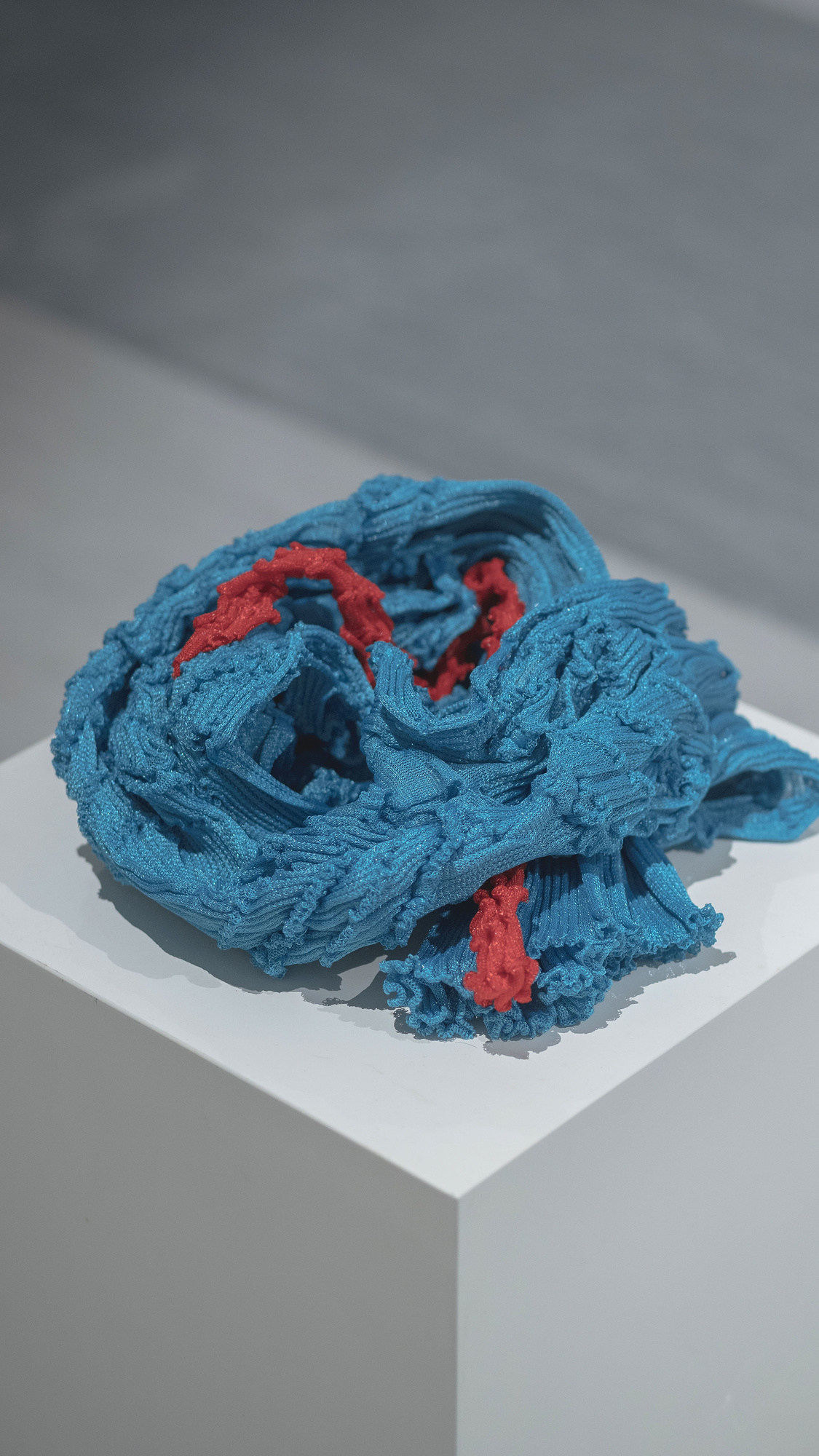
2025_Design Value Award_Yan Yishu_Work Display_Look5 Design Details
2025_Design Value Award_Yan Yishu_Video_HD
2025_Design Value Award_Yan Yishu_Detailed Design Scheme_pic
This series of design comes from the practical results of my doctoral project "plastic clothing" design research. The concept of "plastic clothing" aims to design and manufacture a simple and lightweight modern sustainable clothing, which can adapt to the changes of different people's body or individual body through structural changes. Digital knitting technology is the technical basis for realizing this design concept. Digital design enables zero waste and zero tailoring from fabric to finished garment manufacturing, and the special fabric structure embodies the concept of "the same cloth makes different clothes" (for example, a model consists of only three identical fabrics). This design explores a new path of sustainable design led by technological research.
Based on the analysis of the design concept of "plastic clothing" and the design requirements of knitted clothing, two research priorities of "plastic 3D fabric" and "adaptable form" are proposed. On the one hand, from the point of view of knitting and weaving engineering, a series of fabrics with both elasticity and three-dimensional texture are produced and tested to understand the change law of their size, texture and elasticity; on the other hand, based on the two basic composition of traditional clothing, plane and cylinder, eight basic clothing forms are proposed, and tested according to the existing fabrics, focusing on the analysis of their morphological change rules and interaction with the body.
Based on the above research, a series of six sets of knitted garments are designed and produced. The series is primarily inspired by the theory of self-organization and the changing shape of marine organisms. After the size of the seven basic fabrics is fine-tuned, more than 16 pieces of single products are derived through different combinations and fabric coordination. This series of design not only shows the unique aesthetic expression obtained based on technical research, but also lays the foundation for the further development of subsequent concepts and practical design.
As a post-90s Chinese youth, my growth is closely linked to China's social transformation. In my childhood, China was in the midst of rapid development. Many of the values I came into contact with were still influenced by the West. The focus of society was more on economy and survival than culture. In my memory, the expression of Chinese culture is more metaphorical, scattered in the details of daily life.
After completing my basic education and undergraduate studies in China, I went to London for further study and became a frequent visitor to major art museums. The strong artistic atmosphere and cutting-edge design creativity opened my eyes. After graduation, I went to Hong Kong to work and continue to study. Hong Kong, a city where Eastern and Western cultures blend, has brought me directly into contact with the profound traditional Chinese culture, and at the same time, I can experience the delicacy and rationality of Western design. In nearly eight years of study and work in Hong Kong, I gradually found my own design language.
I respect the material in awe of the design. I want my design to maximize the potential of materials (especially fabrics), rather than let people be bound by materials. Therefore, my work chooses not to present any straightforward Chinese symbols, but to internalize the concept of "harmony between man and nature" into the design. At the heart of this philosophy is the emphasis on the harmonious coexistence of man and nature, and it is this idea that underpins my work. I want my design to be in a philosophical "wandering" state. In English, I chose the word "transitional. One of its biggest characteristics is the "wandering" state between clothing and textiles, showing an uncertain and flowing form.
Technically, I use the modern digital knitting technology to achieve this artistic concept. The knitting process is both weaving and weaving clothes, which is the intersection of the two. The digital design platform allows me to move more freely through this state of transformation. The cloth I designed can show different clothing forms through the change of scale. This simple and unadorned design language fits the design philosophy of "harmony between man and nature. More importantly, this design does not rely on complex tailoring and expensive materials. It emphasizes zero waste, low cost and efficient production, and maintains a high degree of sustainability and democracy. It does not need too much care, can easily take care of, but also more in line with the modern way of life.
My creation is a modern interpretation of traditional values and a digital presentation of the deep concepts of Chinese philosophy. This metaphorical approach to design stems from my cross-cultural growth experience, showing a profound dialogue between tradition and modernity, art and technology in the context of globalization. Although there is no obvious "Chinese symbol" in my works, its philosophical core is closely related to Chinese culture, especially the thinking mode of "the unity of man and nature", which is deeply rooted in the form and technical realization of the works. I firmly believe that this internalized cultural value will become a source of continuous innovation.
Yan Yishu is a scholar and practitioner dedicated to cross-cultural research on textiles and garments. Her cross-regional academic background gives her a unique bicultural perspective, enabling her to conduct in-depth cultural dialogue and design reflection in the context of globalization. Her work focuses on the intersection of design technology innovation and traditional culture translation. She is good at exploring the translation mode of traditional culture in contemporary design through technological innovation, especially based on the circular research model of technology experiment-culture research-design transformation, and continuously explores the innovative application of digital knitting and other contemporary technologies in textile culture narrative and clothing culture expression.







